 Abraham Lincoln
If given the truth, the people can be depended upon to meet any national crisis...
Abraham Lincoln
If given the truth, the people can be depended upon to meet any national crisis...
 Guildford news...
for Guildford people, brought to you by Guildford reporters - Guildford's own news service
Guildford news...
for Guildford people, brought to you by Guildford reporters - Guildford's own news service
Birdwatcher’s Diary No.307
Published on: 5 Jul, 2024
Updated on: 5 Jul, 2024
By Malcolm Fincham
A long awaited spell of settled weather had arrived across most southern parts of the UK during the latter weeks of June.
This, with much gratitude to a high pressure system pushing up from the Azores, eventually saw temperatures up into the mid to high 20c as we entered the last week of the month.
Optimistically I set out in the hope to add a few more newly emerging butterflies to this year’s sightings.
My first outing was to Lydling Farm, Shackleford, where I was greeted by the delightful sounds of skylarks about the fields.
A few stonechats made an appearance perching up in a wheat field.
But the early summer dearth of common species of butterflies continued, finding just one newly emerging large skipper butterfly during my walk.
And adding what I believe to be a rather attractive looking yellow shell moth.
On my local heathland at Whitmoor Common, as at Thursley Common during a recent visit, silver-studded blue butterflies had now begun to emerge
Silver-studded blues are sexually dimorphic, meaning that males and females differ in appearance.
Male silver-studded blues have blue upper-wings with a dark border, while females have brown upper-wings with a row of very weak orange spots on their hind wings.
Both males and females could both now be seen on the wing with some already seen mating.
A few large skipper butterflies could also be found.
Several Dartford warblers could be viewed and heard singing their ‘scratchy’ songs.
While young families of stonechats could now be seen about the heathland.
Linnets flew about in small groups.
And a common buzzard could be picked out as it flew low overhead.
While also adding a slow worm to the day’s sightings.
Just down the road from Whitmoor Common, at Britten’s Pond, a common tern continued to make an occasional appearance.
A pair of grey wagtails could be viewed feeding by the outlet stream.
And a rare view of a kestrel over the pond.
At the Riverside Nature Reserve, near Burpham, reed warblers made for a challenge to photograph as they flitted about through the reedbeds beside the lake.
Out on the lake the two adult great crested grebes continued to individually attend to their two young.
Along the boardwalk a charm of goldfinches could be heard constantly chattering with one seen washing in the small pond under a clump of sallows.
While watching, it was joined by several young greenfinches.
Along the river small groups of banded demoiselles continued to be viewed often settling on the foliage along the riverbank.
A common whitethroat continued to sing from a clump of brambles near Stoke Lock.
The recent dry spell had helped to reduced the water level in the flooded scrape allowing a little egret to wade across it to feed.
As the weather briefly warmed into the upper 20c during the last week of the month I took advantage of a visit to Sheepleas on June 26 with continued optimism to add a few more new species of butterflies to this year’s photos.
Although it was about that time of the year for many new species to emerge, this year seemed to be an unpredictable one. I was therefore surprised to see what was possibly my earliest sighting of a purple emperor butterfly buzzing around the top of a tall oak, and best of all settling for long enough for me to get a record shot.
The first few dark-green fritillaries were also starting to emerge. With far more energy than me, they danced around the grassland seldom resting long enough or near enough for a photo.
Marbled white butterflies had also just begun to emerge and were marginally easier to photo.
While a few common blue butterflies could also be viewed.
A few blackcaps could be still heard in song while there.
And as last year while there, the ticking sounds of an angry sounding blackbird led me to a tawny owl that took flight before I could raise my camera.
A few robber flies could be found, feasting on small insects,
By June 27 temperatures had cooled back into the lower 20c and a trip to Chiddingfold Forest in the company of Dougal turned out to be quite a rewarding one.
Adding to both of our year sightings were a number of ringlet butterflies.
A good number of white admiral butterflies had also begun to emerge.
Also adding our first sighting this year of a silver-washed fritillary.
And although having already seen a purple emperor butterfly at Sheepleas, it’s always considered to be ‘the icing on the cake’ to have them come to the ground in search of minerals to feed upon.
On this occasion we had at least three come to ground.
One of which opened its wings long enough to show off some of its purple-blue colouring on its upper wings.
Also adding a few wood white butterflies still on the wing.
And a few woodland cousins to the banded demoiselle, the beautiful demoiselles.
As always at this time of the my biggest challenge of the month was to get a sighting of what are almost certainly the most elusive of all UK butterflies, the white-letter hairstreak.
Having been fortunate in seeing them in recent years dog-fighting about a wych elm tree at Sheepleas, this year my several visits there had so far drawn a blank.
A tip-off from a long-time friend Chris, however, led me in the direction of a mature elm tree in Shalford. Viewed through binoculars, we were able to see five or more occasionally buzzing about the canopy of the tree.
Ending the month, and once more in the company of Dougal, we had been alerted to the news that a common scoter had made a passing visit to Frensham Little Pond. Although both having previously seen a few in Surrey before, we both decided it was worthy of a visit.
Although predominantly a sea duck, occasionally a few cross land resting briefly on freshwater lakes. This drake scoter was obviously taking some time out from its travels to wash and preen for a while.
Completing the month I revisited Britten’s Pond. This was to follow up on recent reports that a few purple hairstreak butterflies had begun to emerge at a number of sites around Surrey.
Unlike white letter, purple hairstreak butterflies depend on oaks as their ‘master’ tree. Also quite elusive, they tend to be more abundant within Surrey’s many oak woodlands.
As in recent years my visit was a rewarding one. Although just a handful could be viewed on this occasion, one kind fella perched up on an oak leaf high in the tree and allowed me a photo.
Recent Articles
- Letter: House of Fraser’s Closure Was the Last Straw
- Letter: The Rights of One Group Should Not Usurp The Rights of Another
- Suspected Fox Poisonings Shock Guildford Resident: Police and RSPCA Involved
- Comment: We Need Change But Not the Kind Being Imposed By Labour’s ‘Devolution’
- Birdwatcher’s Diary No.326
- Trans Protest on Guildford High Street
- Notice: Open Mic Night at the Institute
- Teenage Suspects Arrested After Report of Indecent Assault
- Highways Bulletin May 5 – Open Day at Merrow
- Letter: Government Statements on Council Reorganisation Leave Me More Nervous Than Ever


Search in Site
Media Gallery
Dragon Interview: Local Artist Leaves Her Mark At One of England’s Most Historic Buildings
January 21, 2023 / No Comment / Read MoreDragon Interview: Lib Dem Planning Chair: ‘Current Policy Doesn’t Work for Local People’
January 19, 2023 / No Comment / Read MoreA3 Tunnel in Guildford ‘Necessary’ for New Homes, Says Guildford’s MP
January 10, 2023 / No Comment / Read More‘Madness’ for London Road Scheme to Go Ahead Against ‘Huge Opposition’, Says SCC Leader
January 6, 2023 / No Comment / Read MoreCouncillor’s Son Starts Campaign for More Consultation on North Street Plan
December 30, 2022 / No Comment / Read MoreCounty Council Climbs Down Over London Road Works – Further ‘Engagement’ Period Announced
December 14, 2022 / No Comment / Read MoreDragon Interview: GBC Reaction to the Government’s Expected Decision to Relax Housing Targets
December 7, 2022 / No Comment / Read MoreHow Can Our Town Centre Businesses Recover? Watch the Shop Front Debate
May 18, 2020 / No Comment / Read More



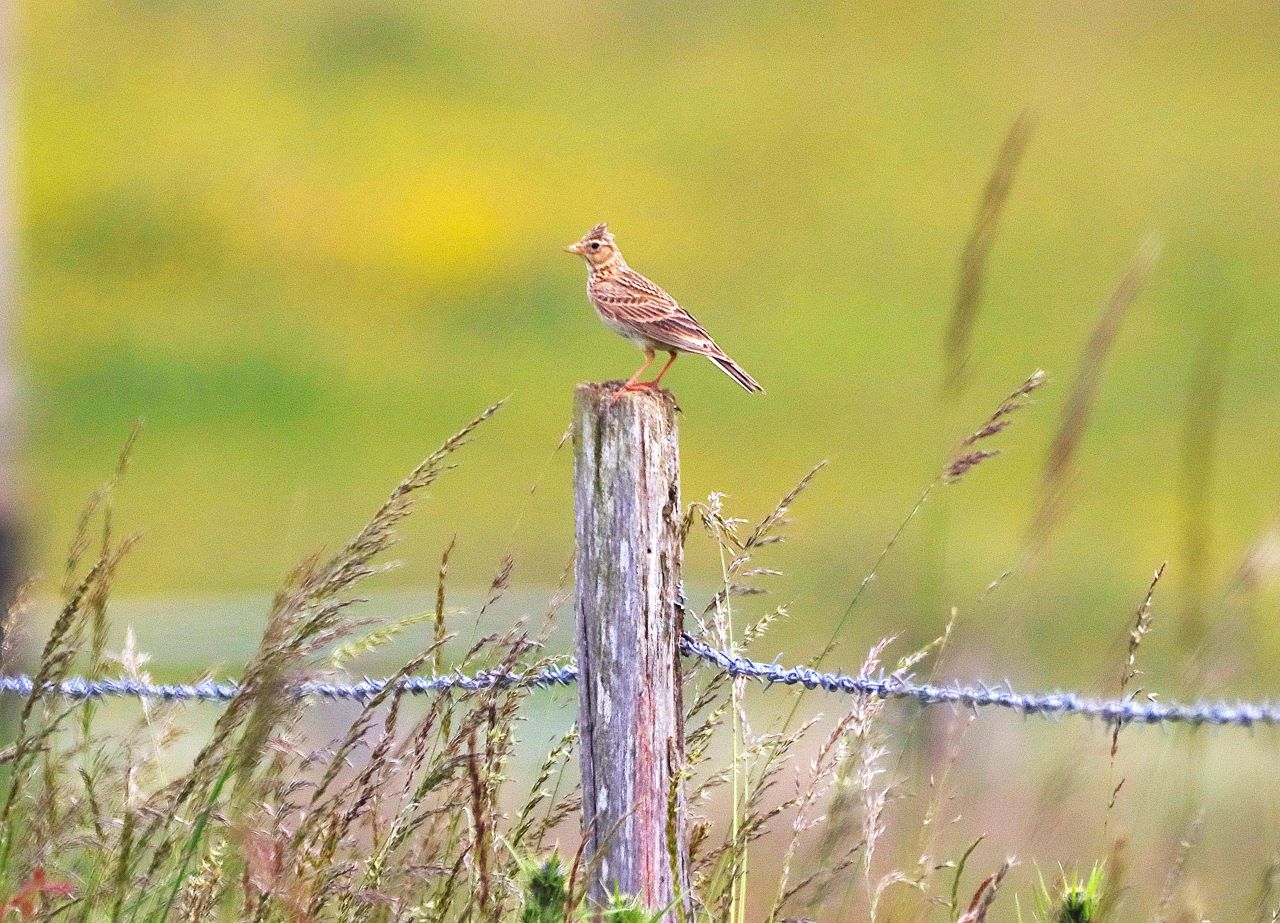
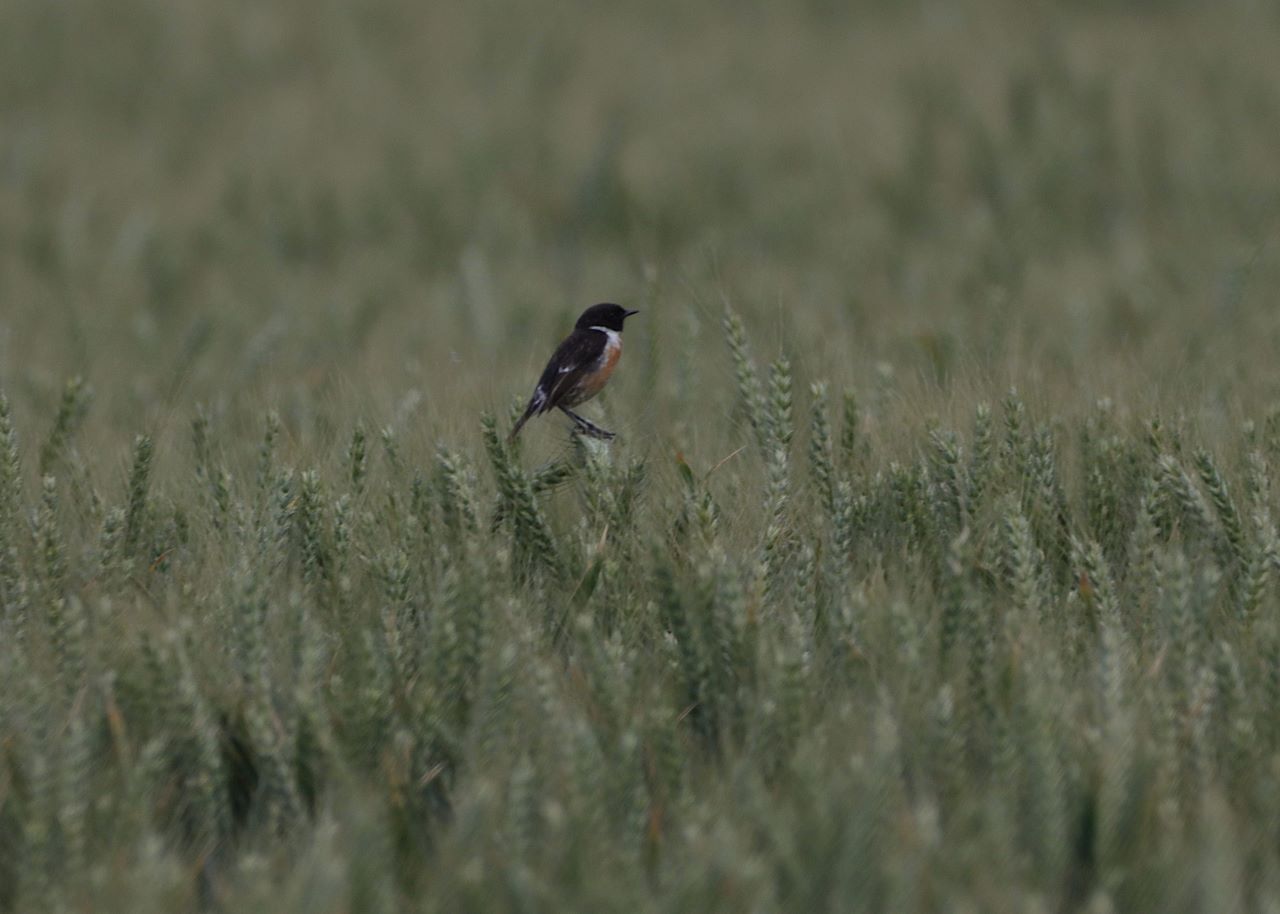

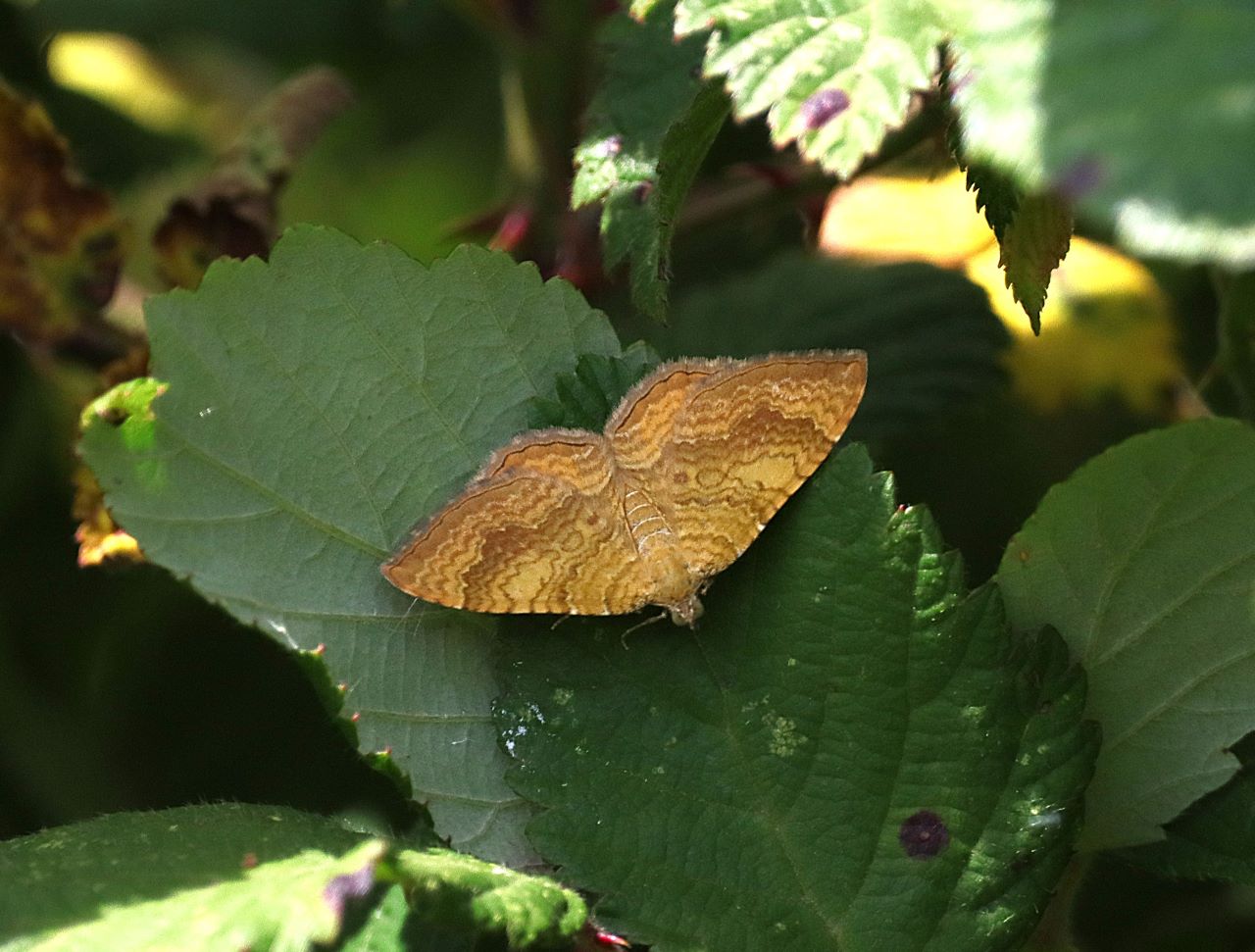
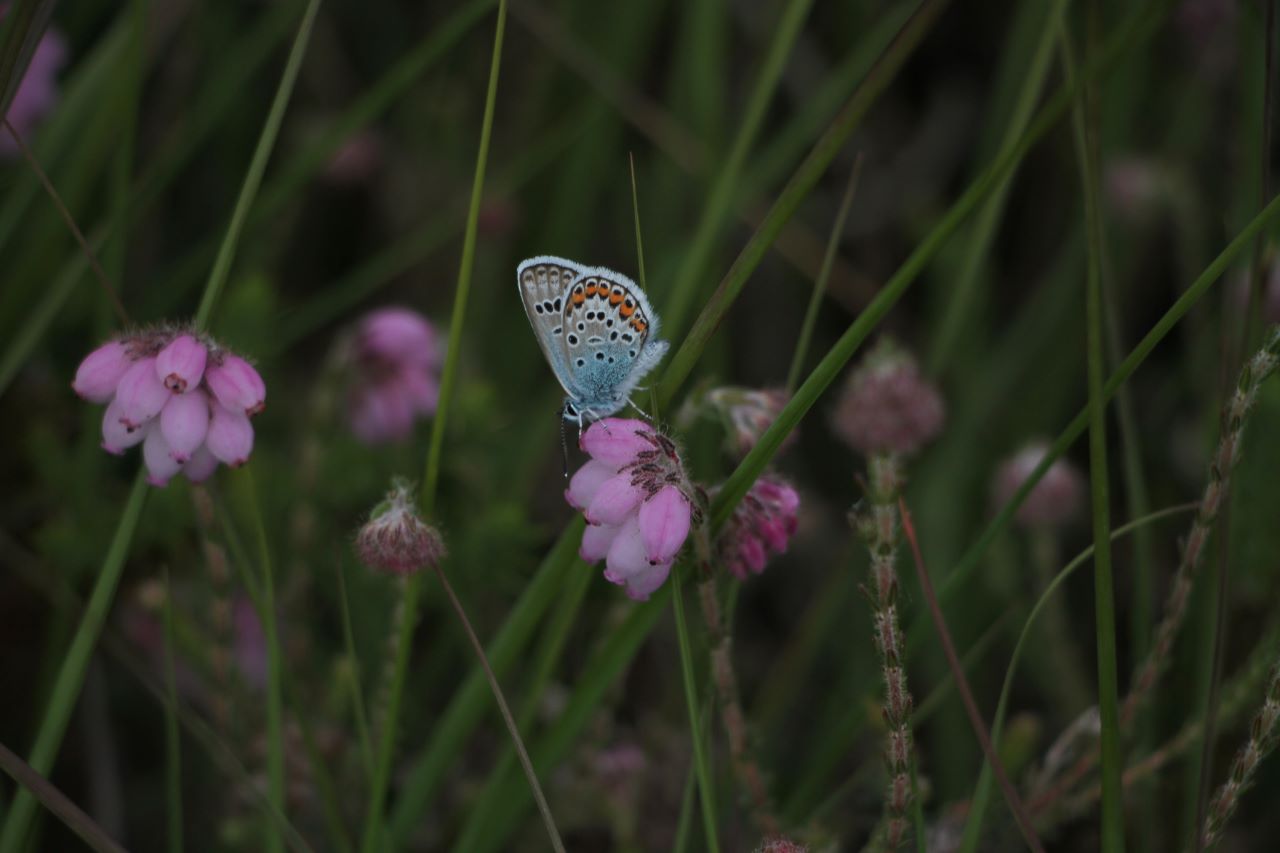
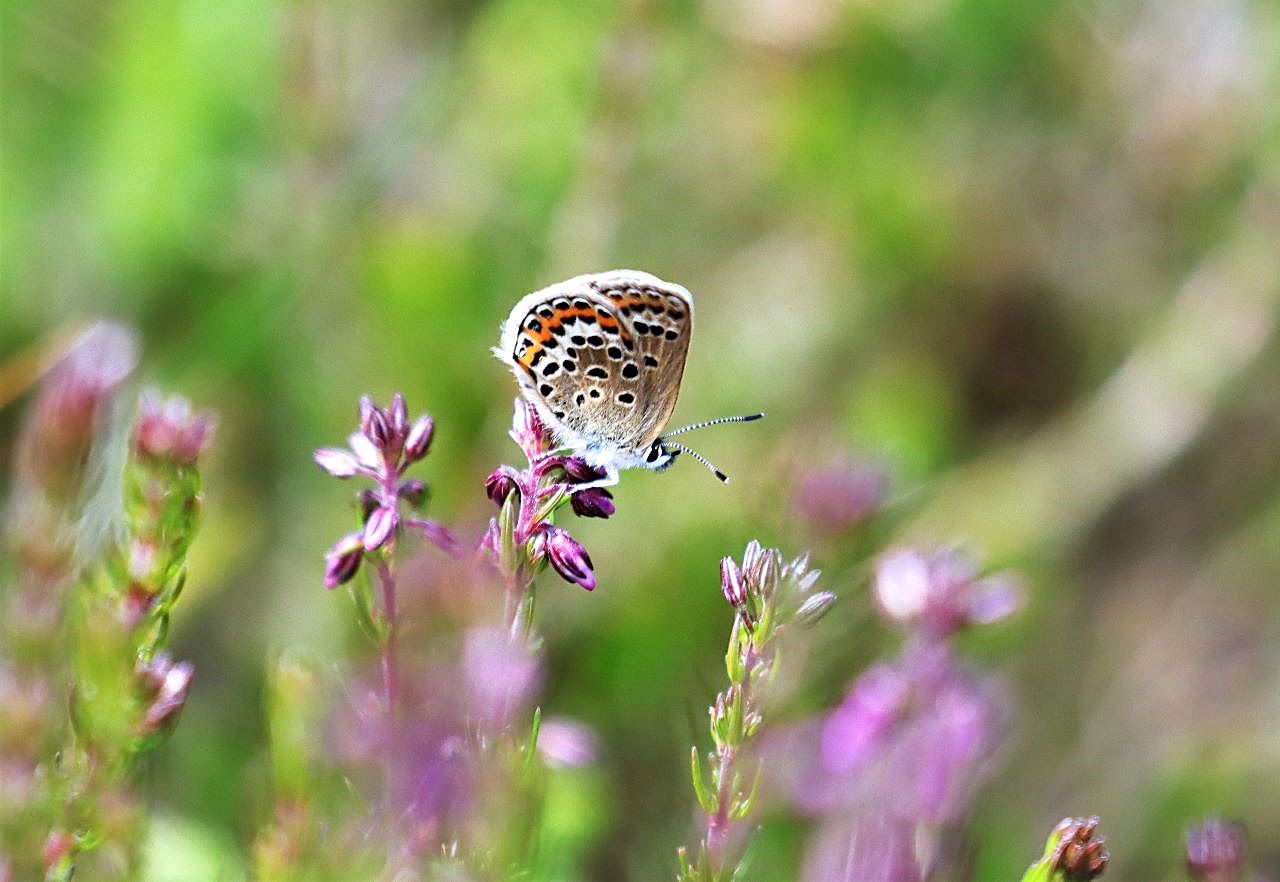
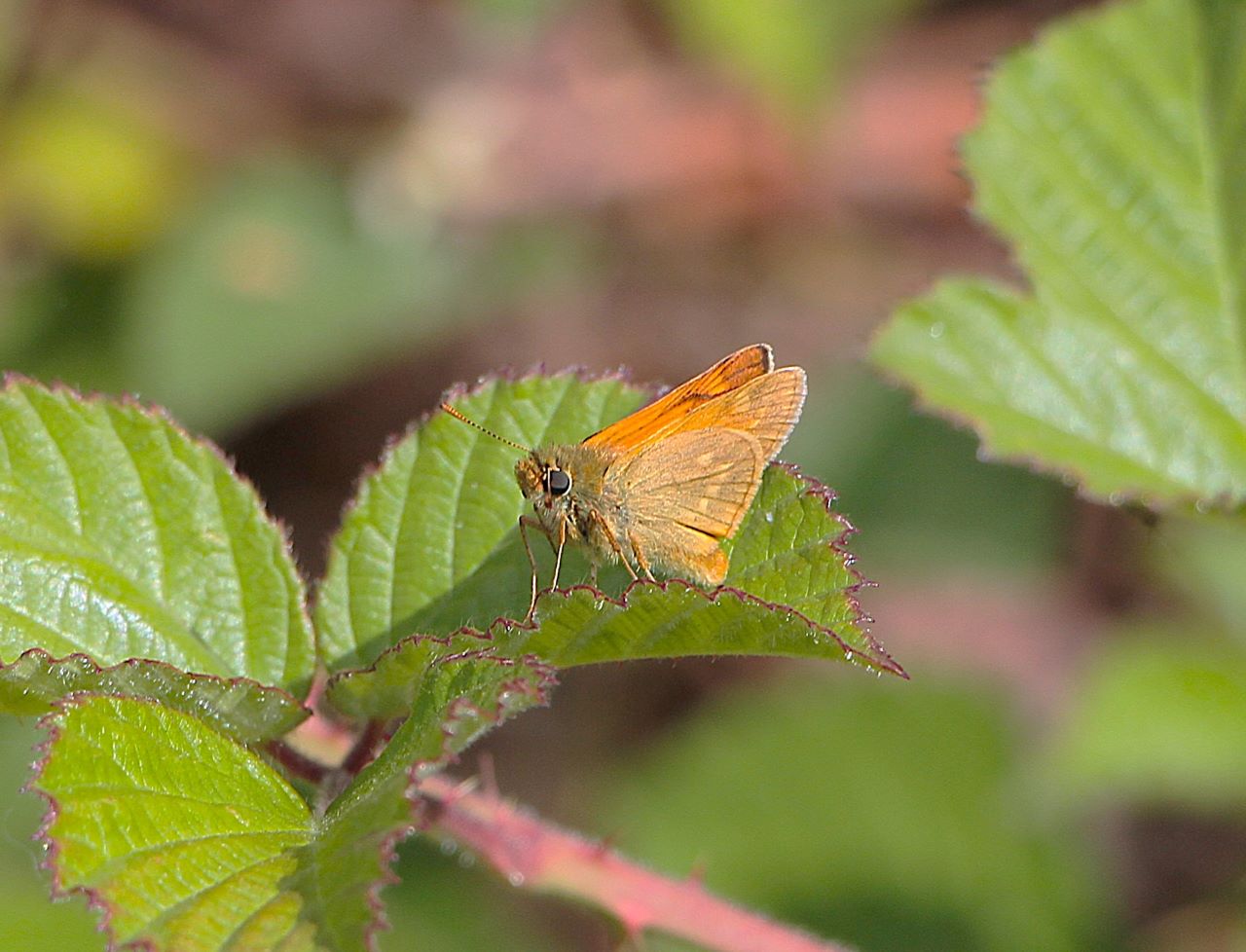
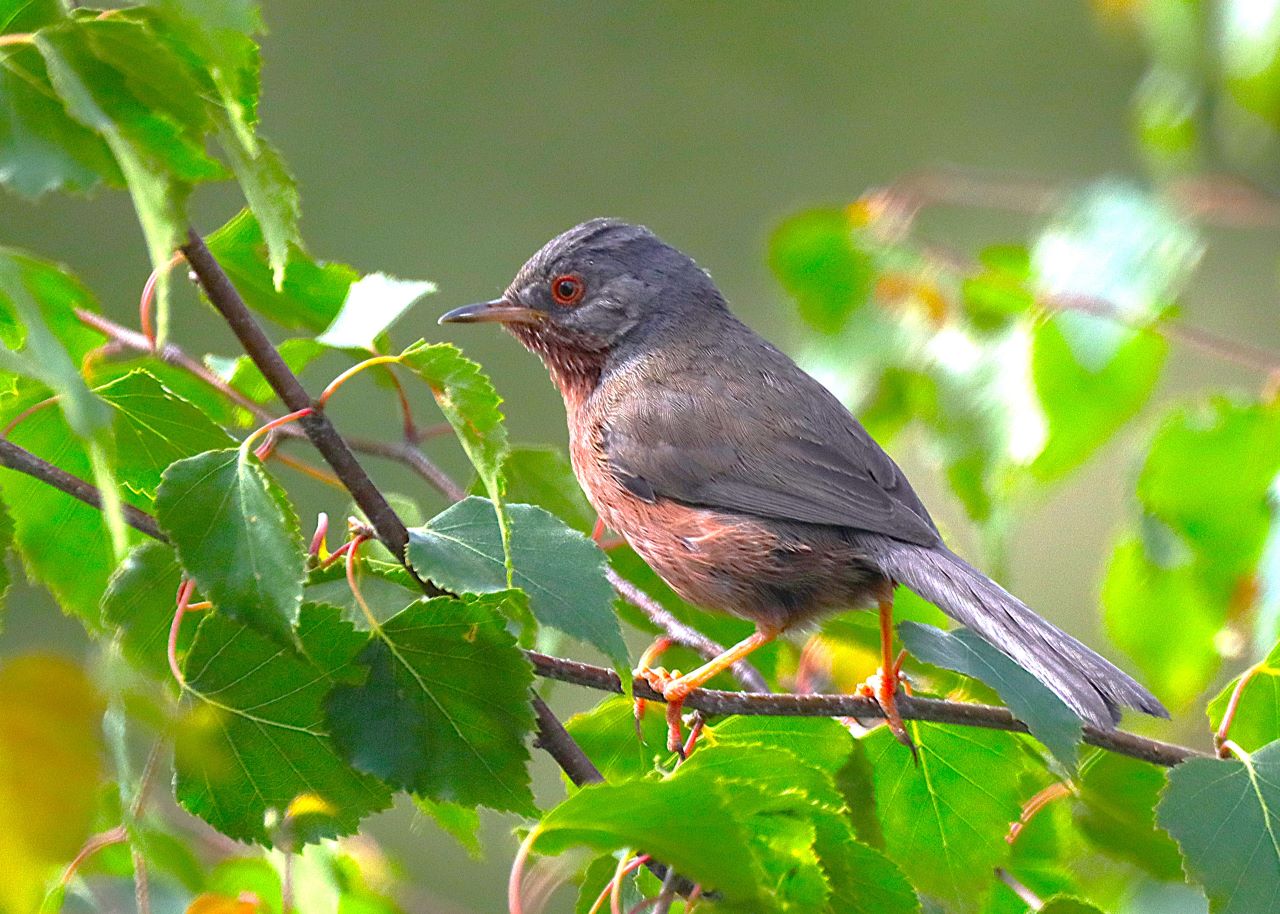
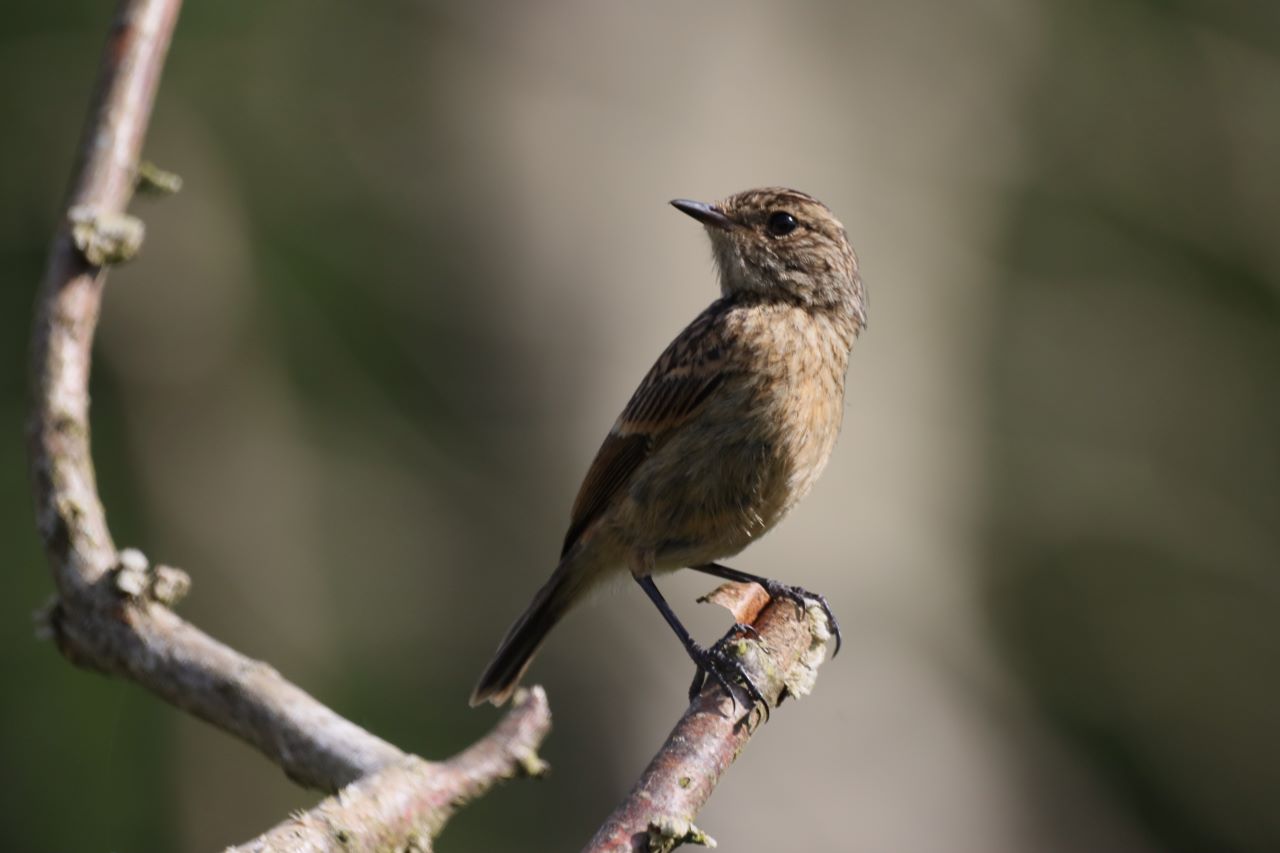
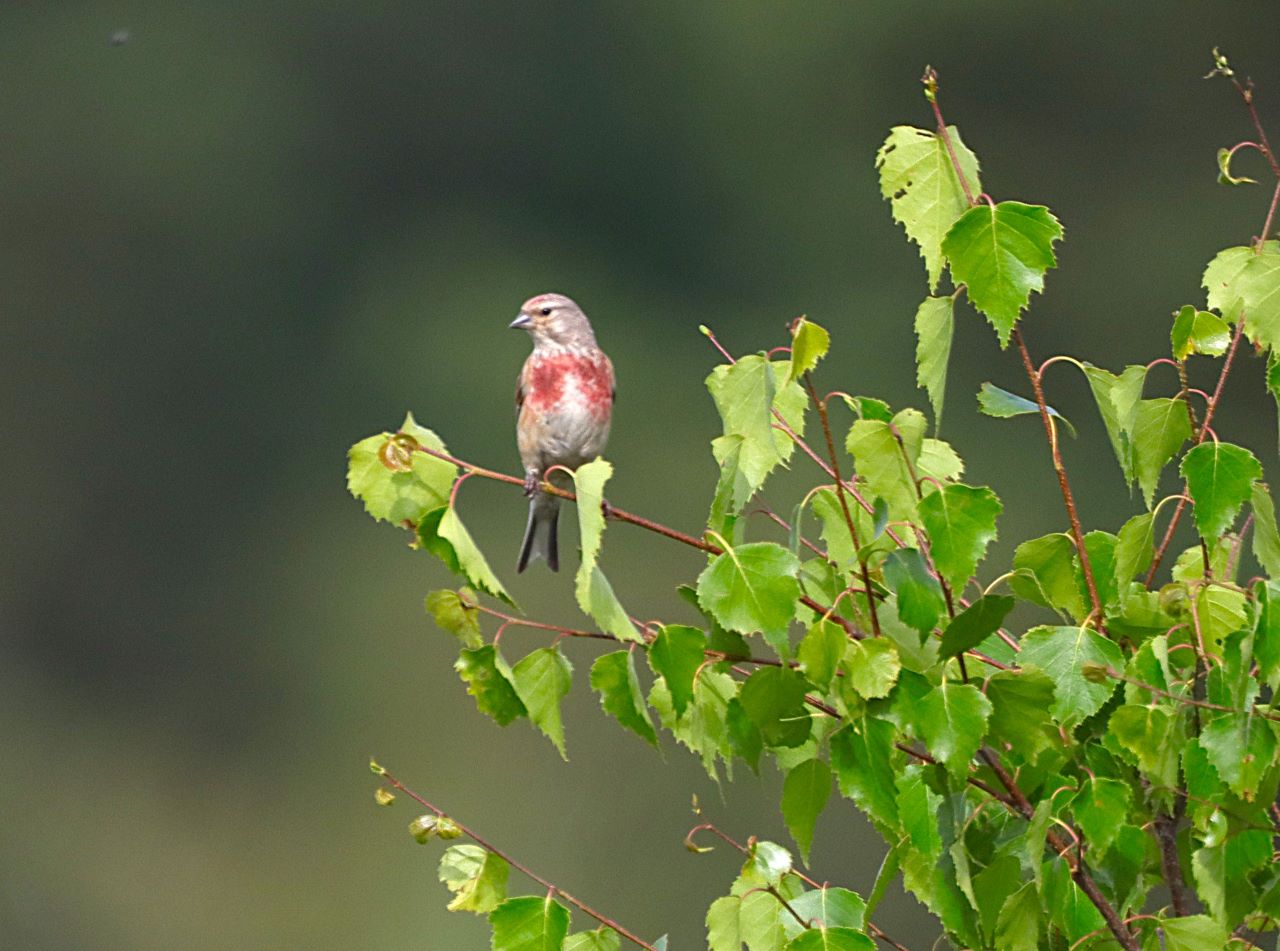
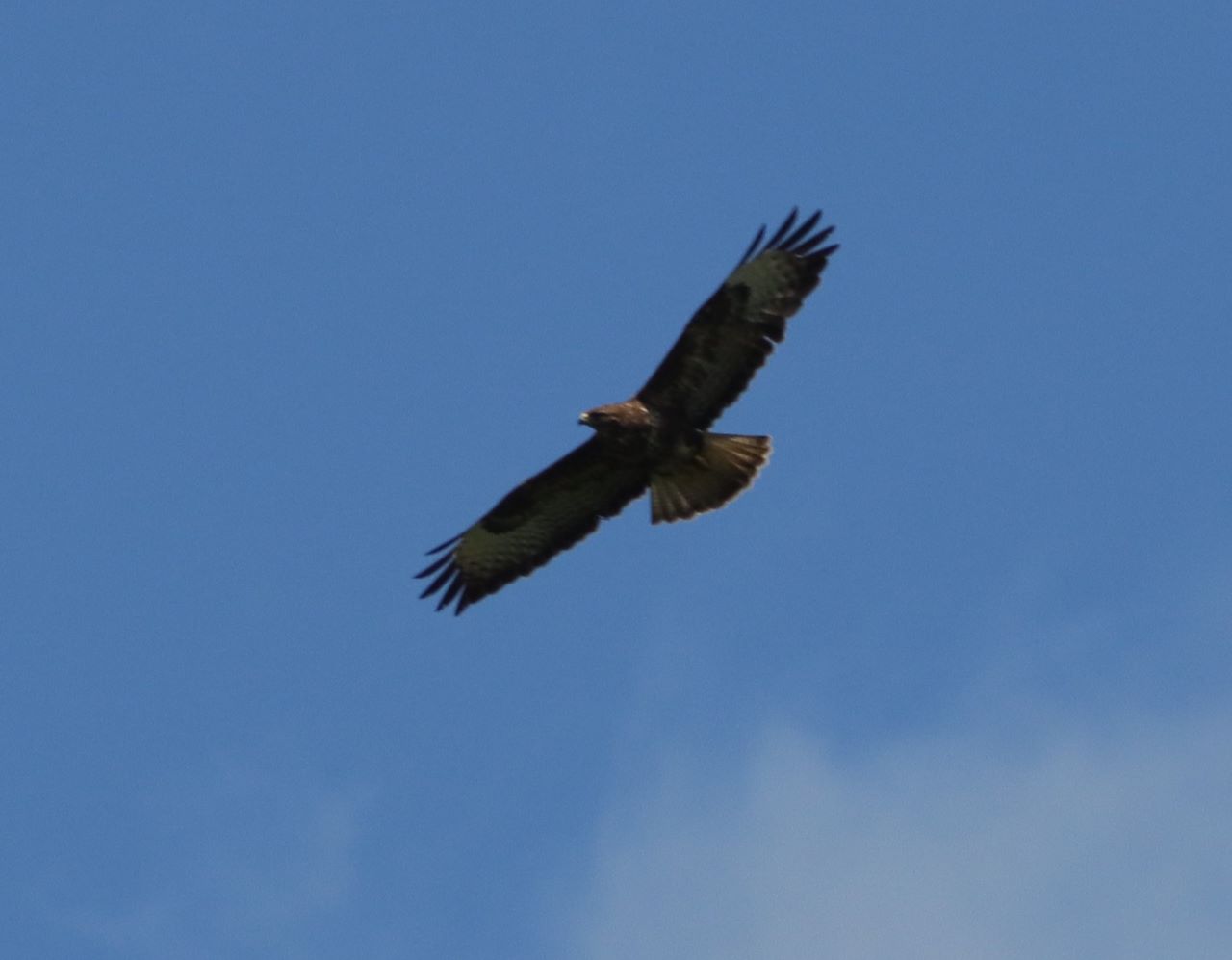



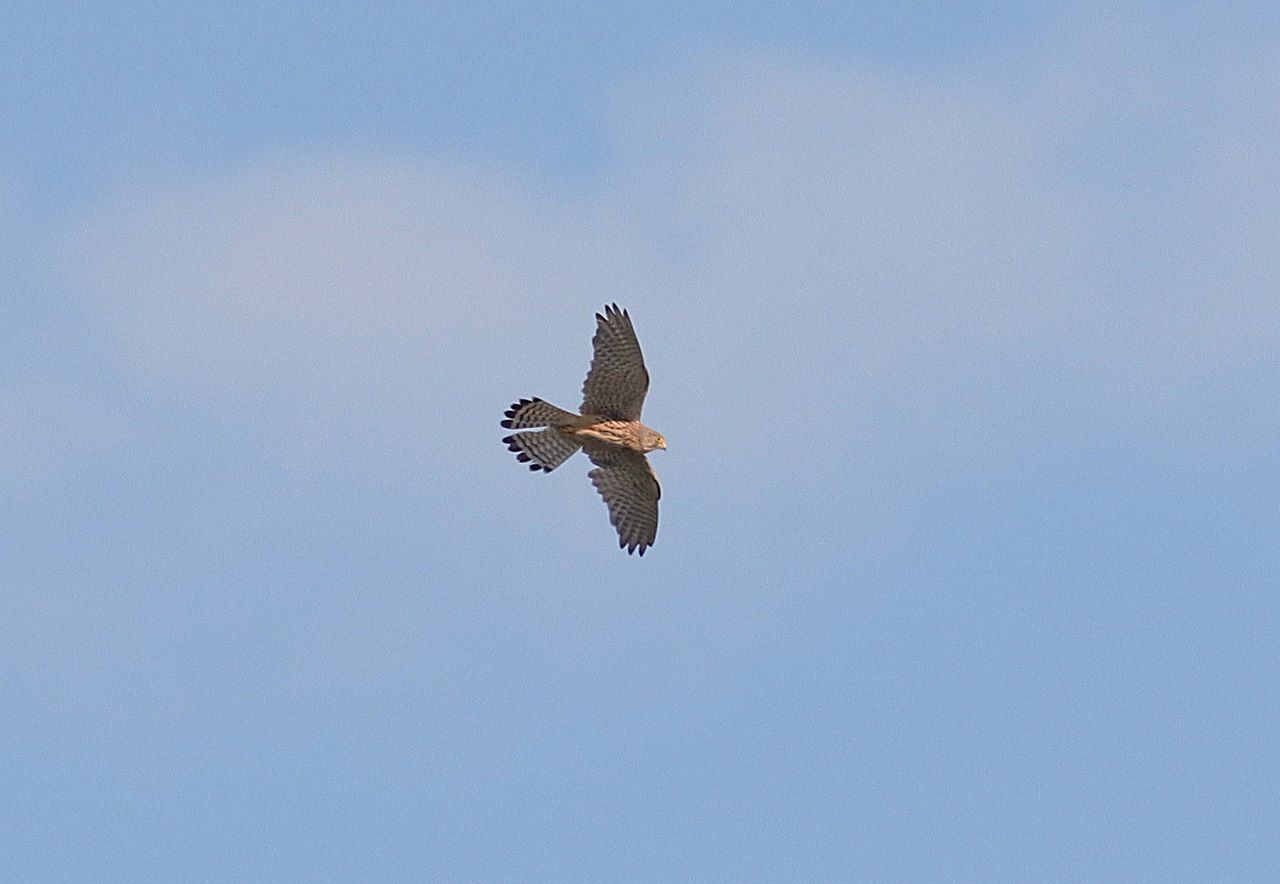
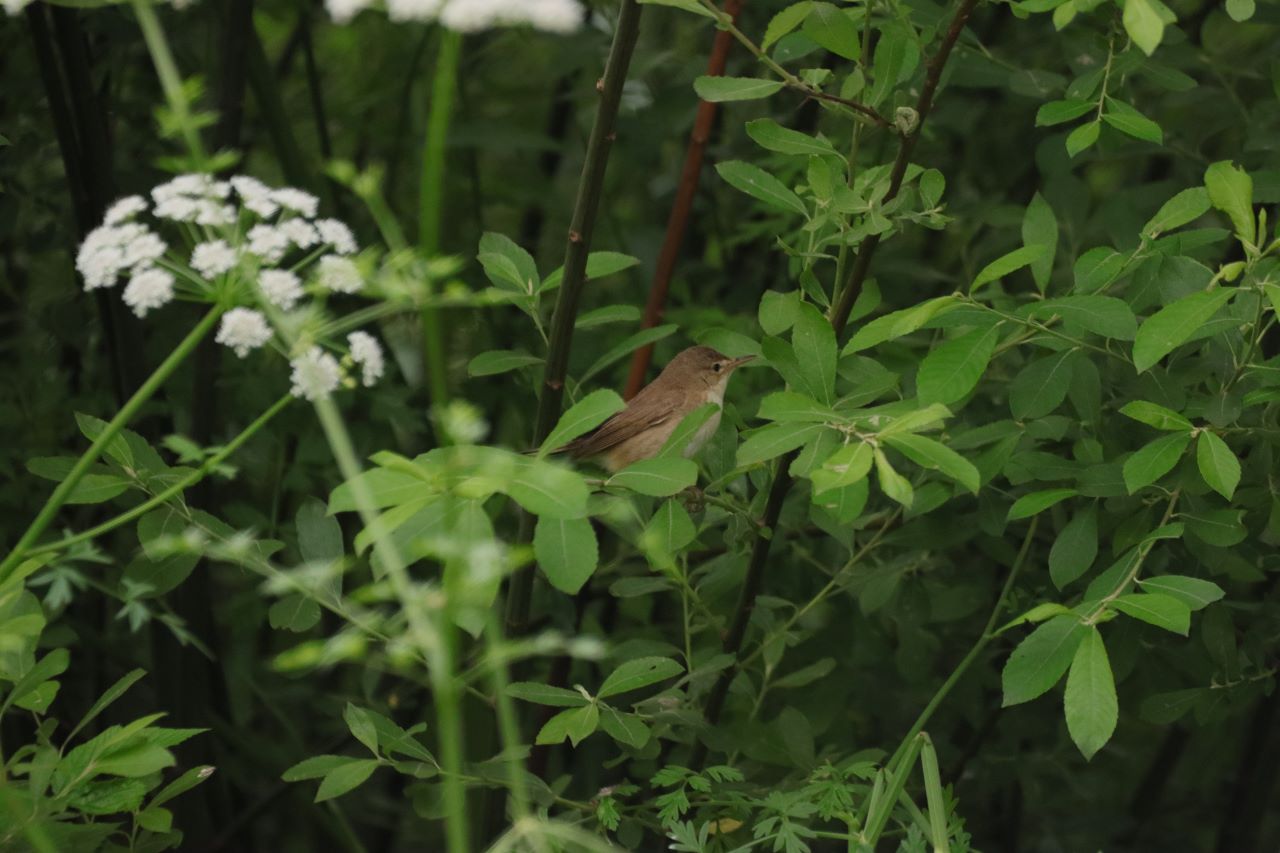
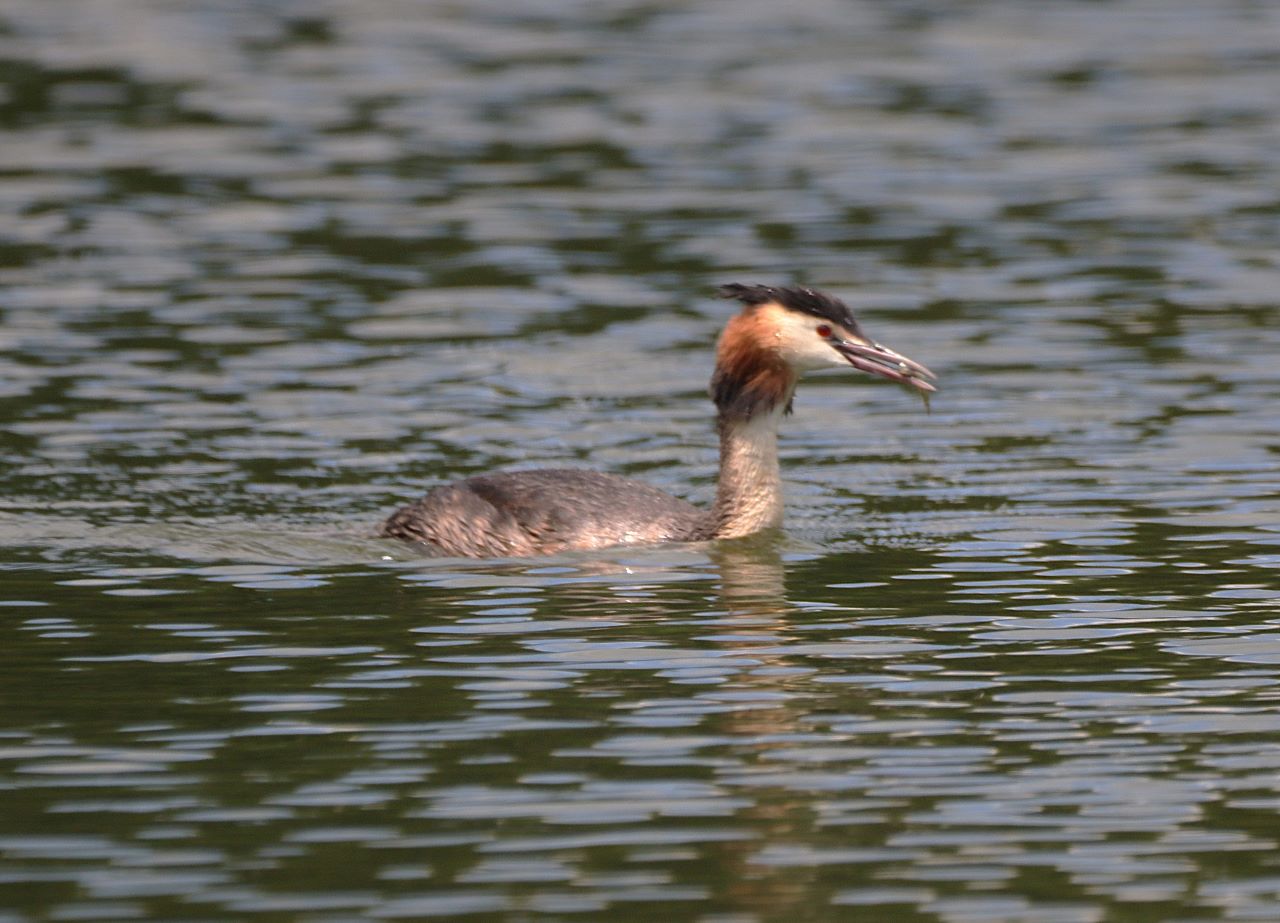


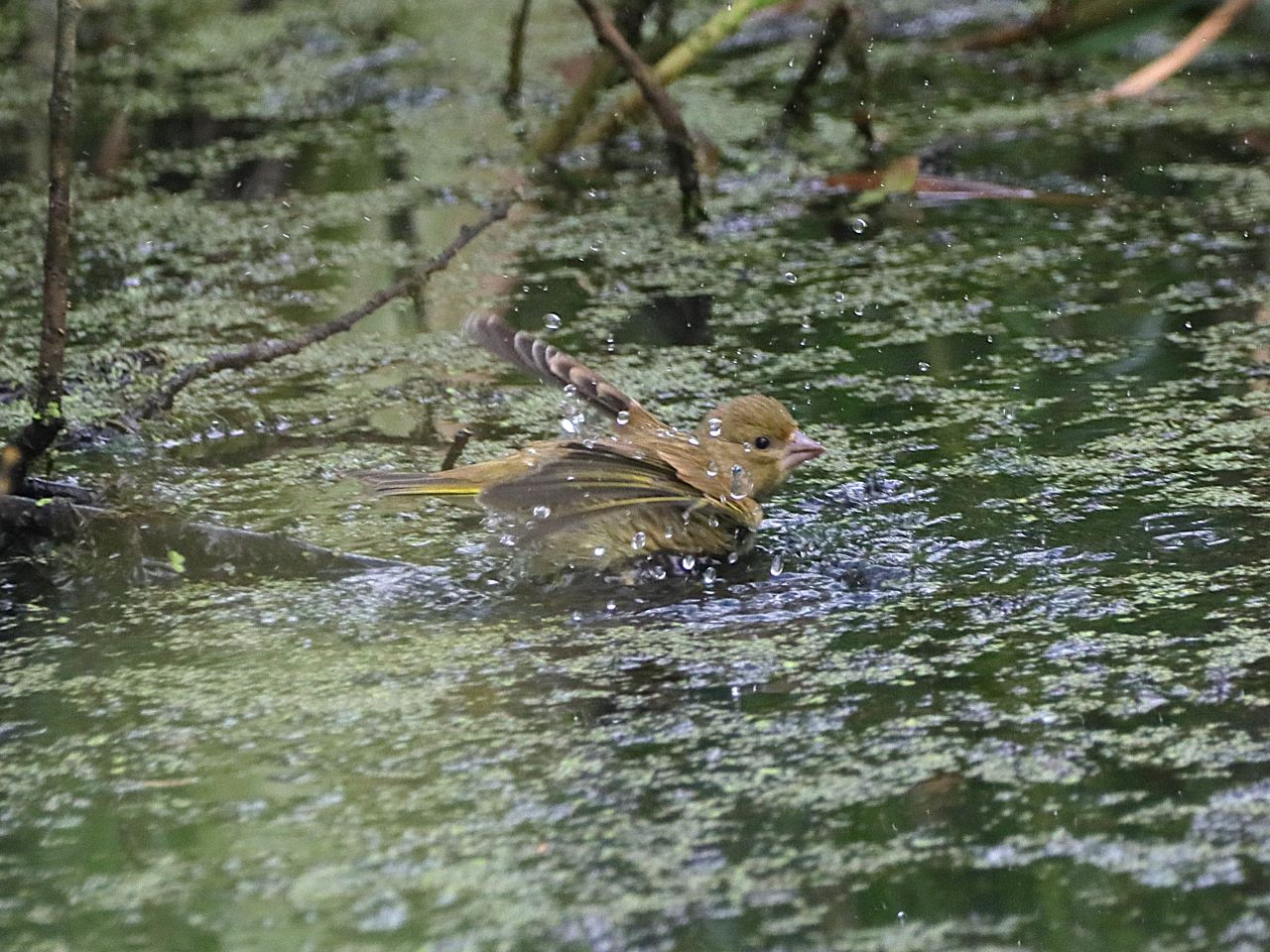
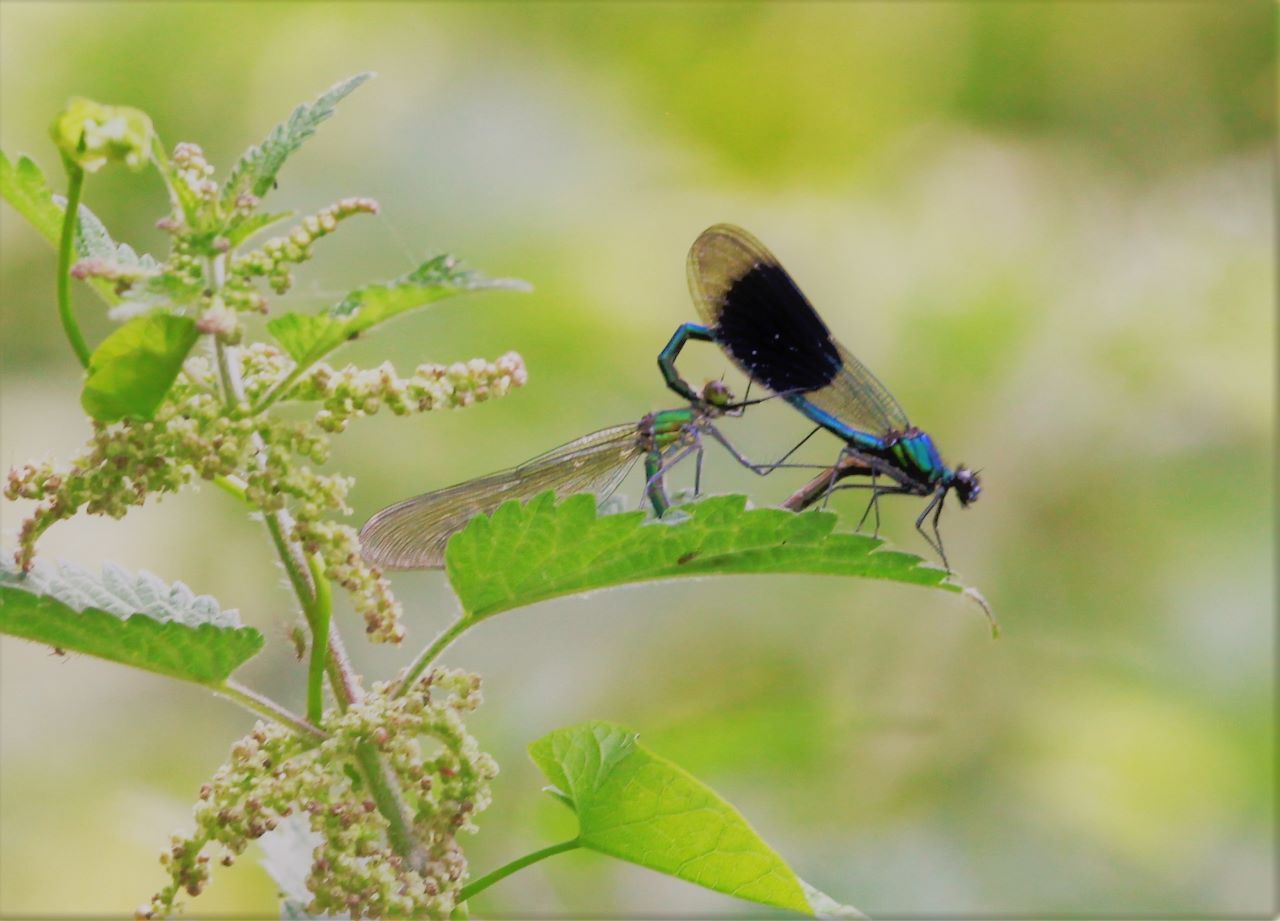
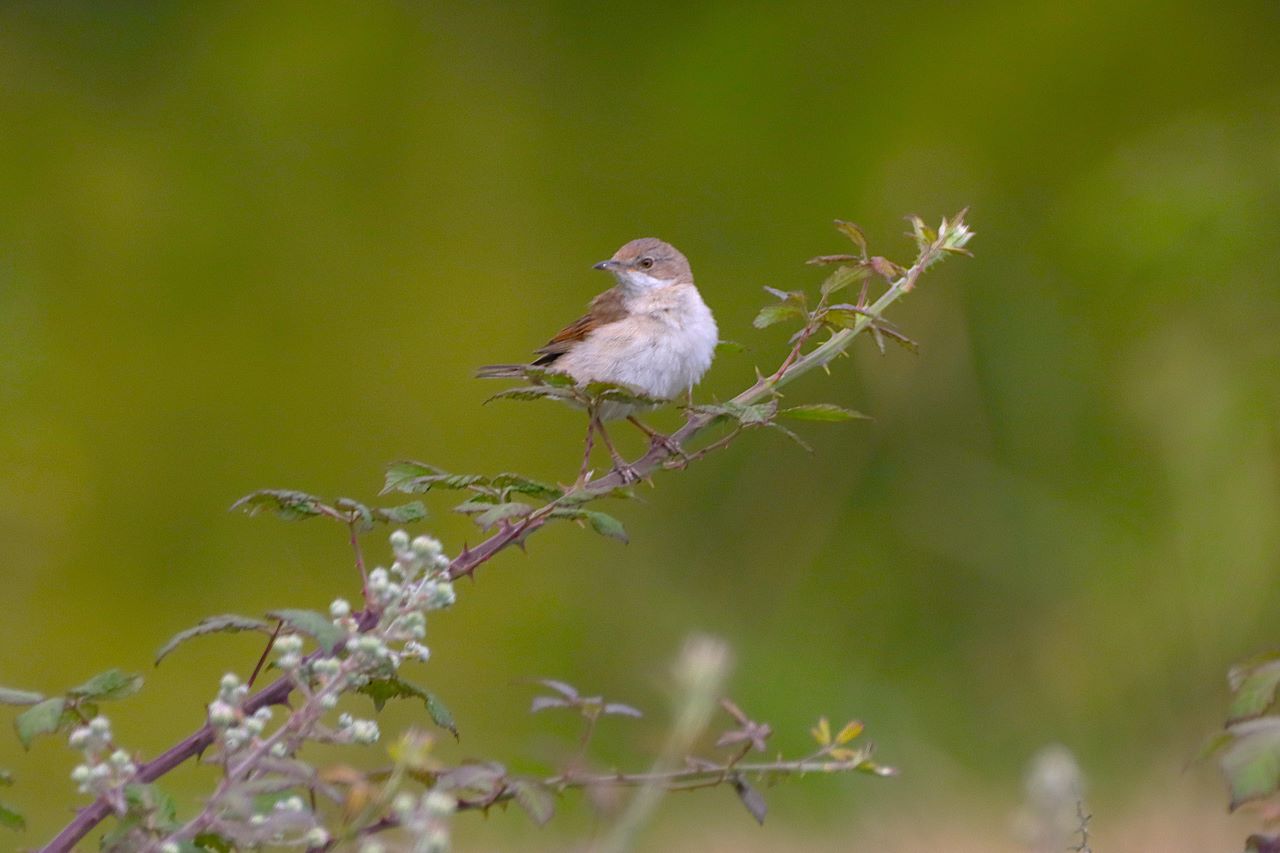
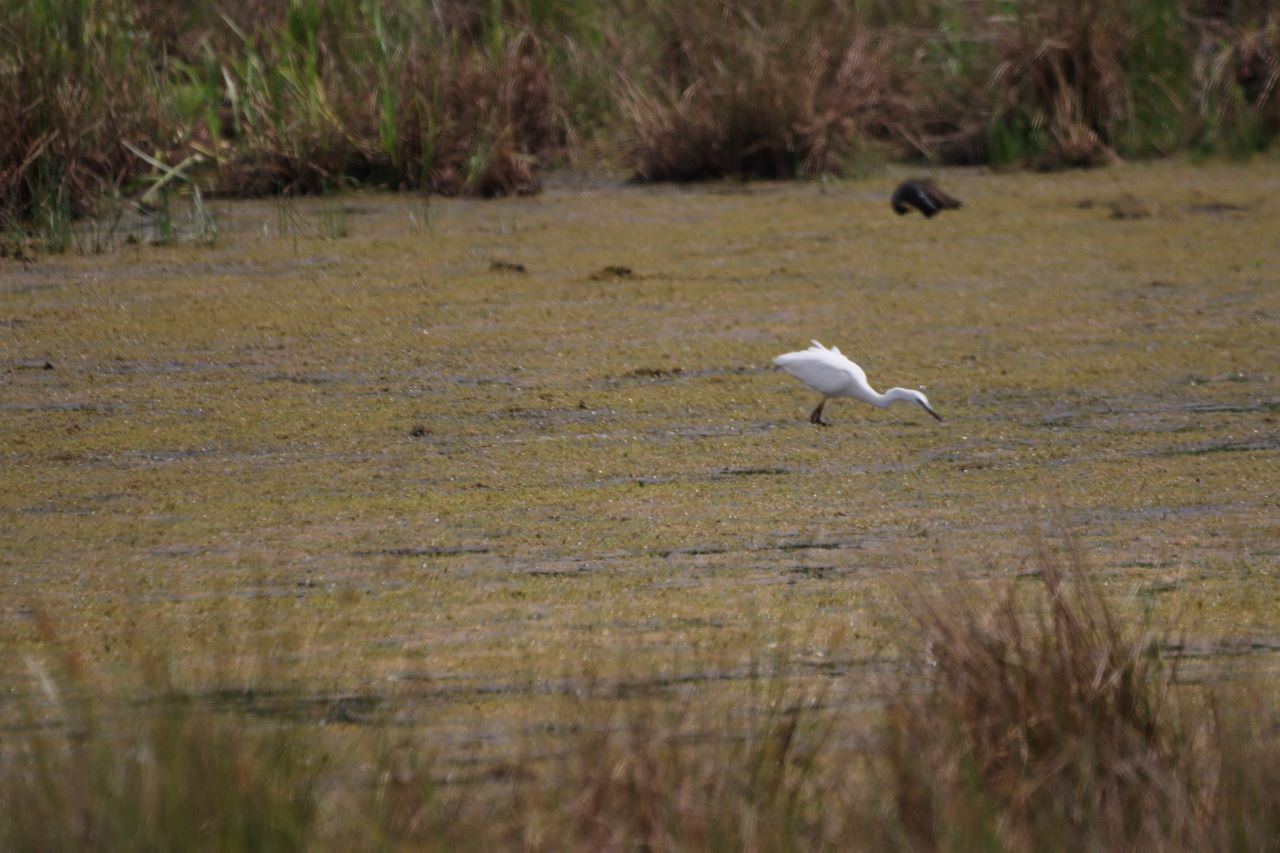

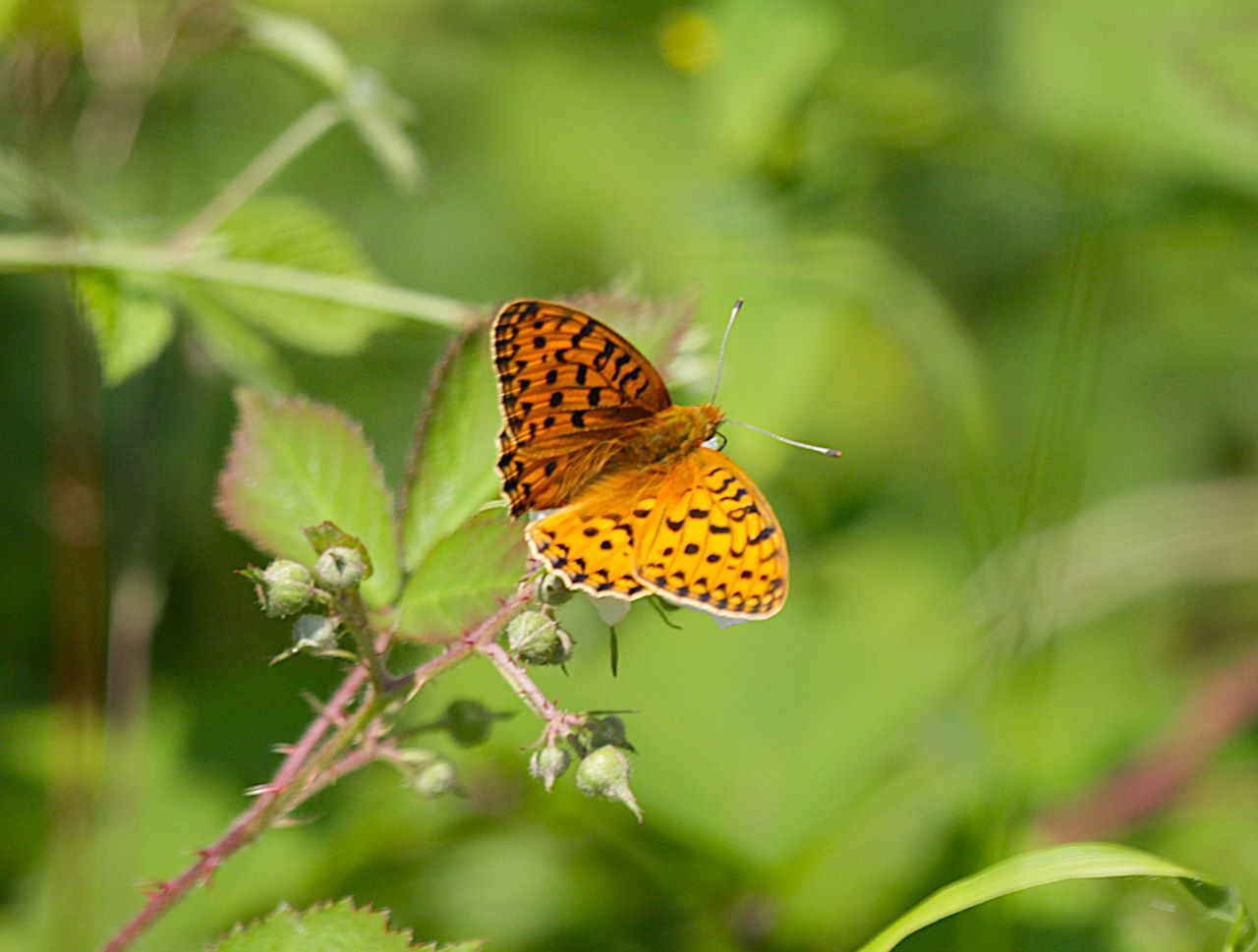
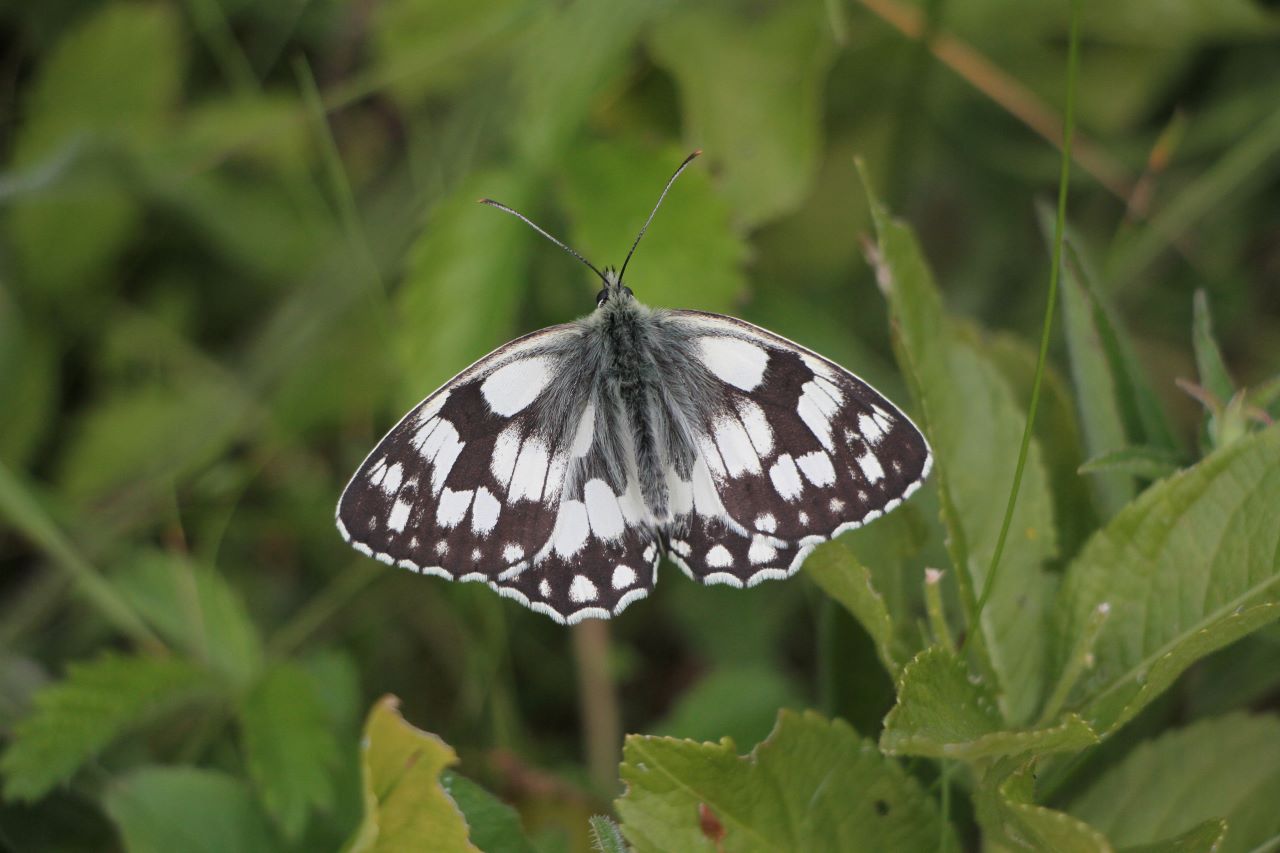
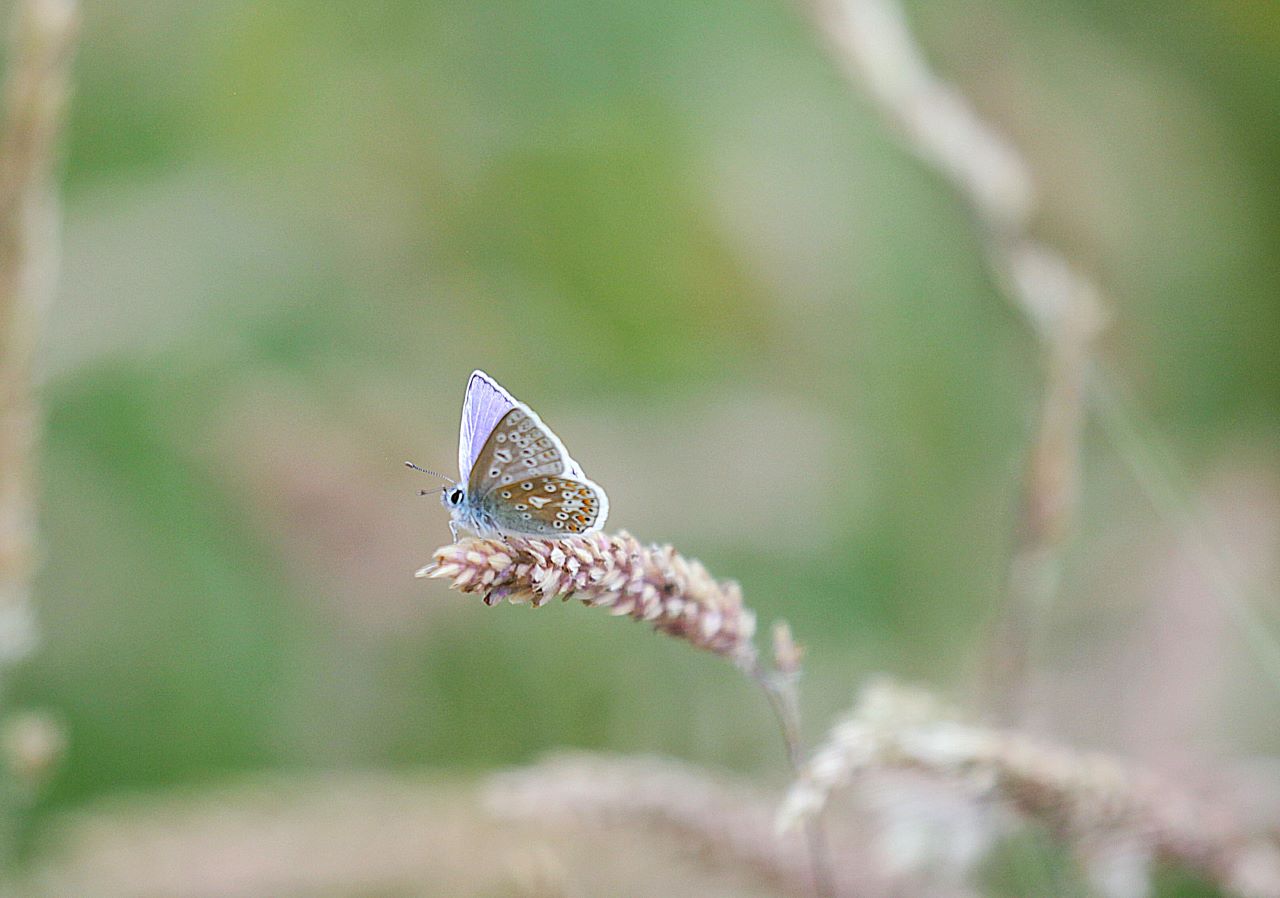
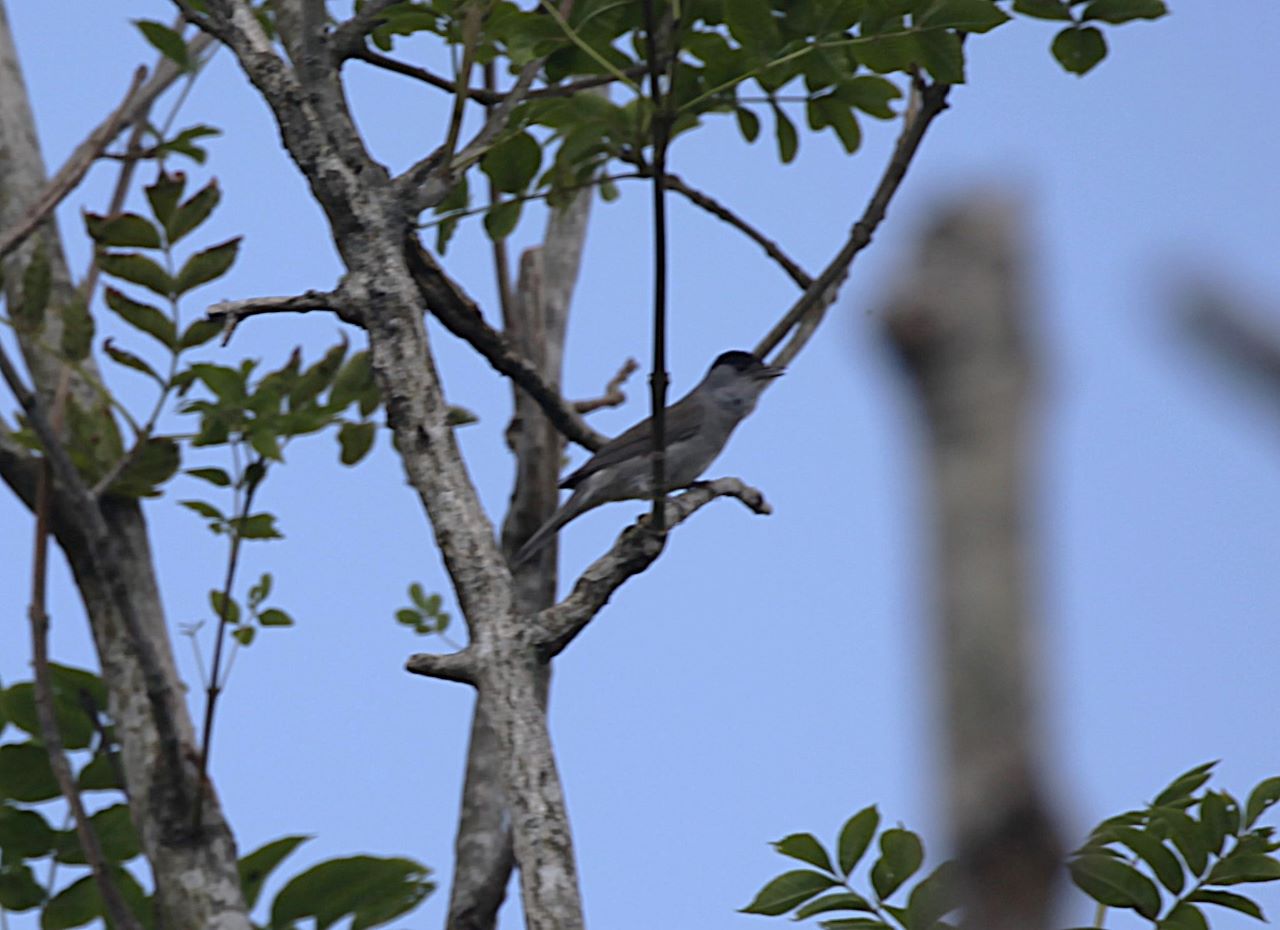
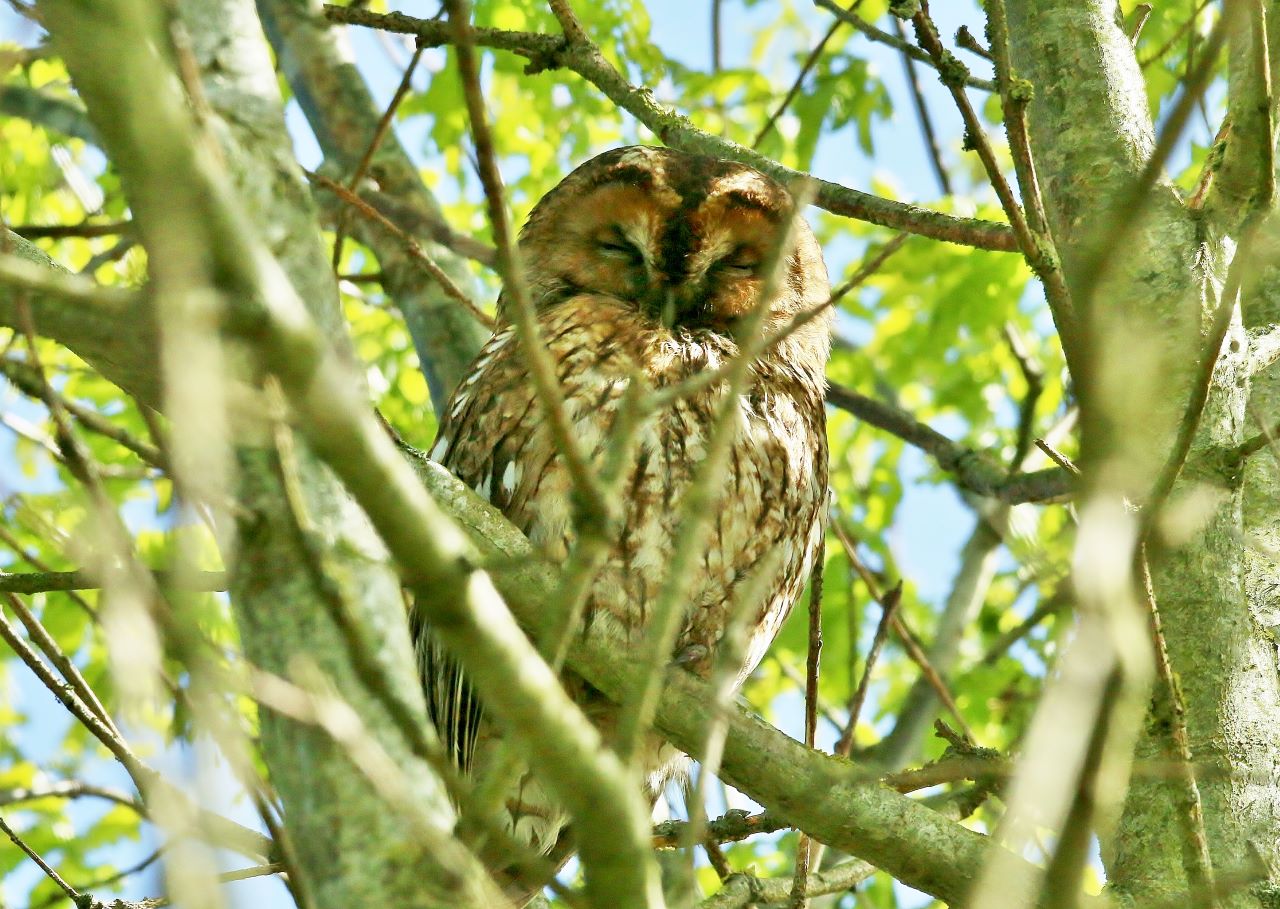
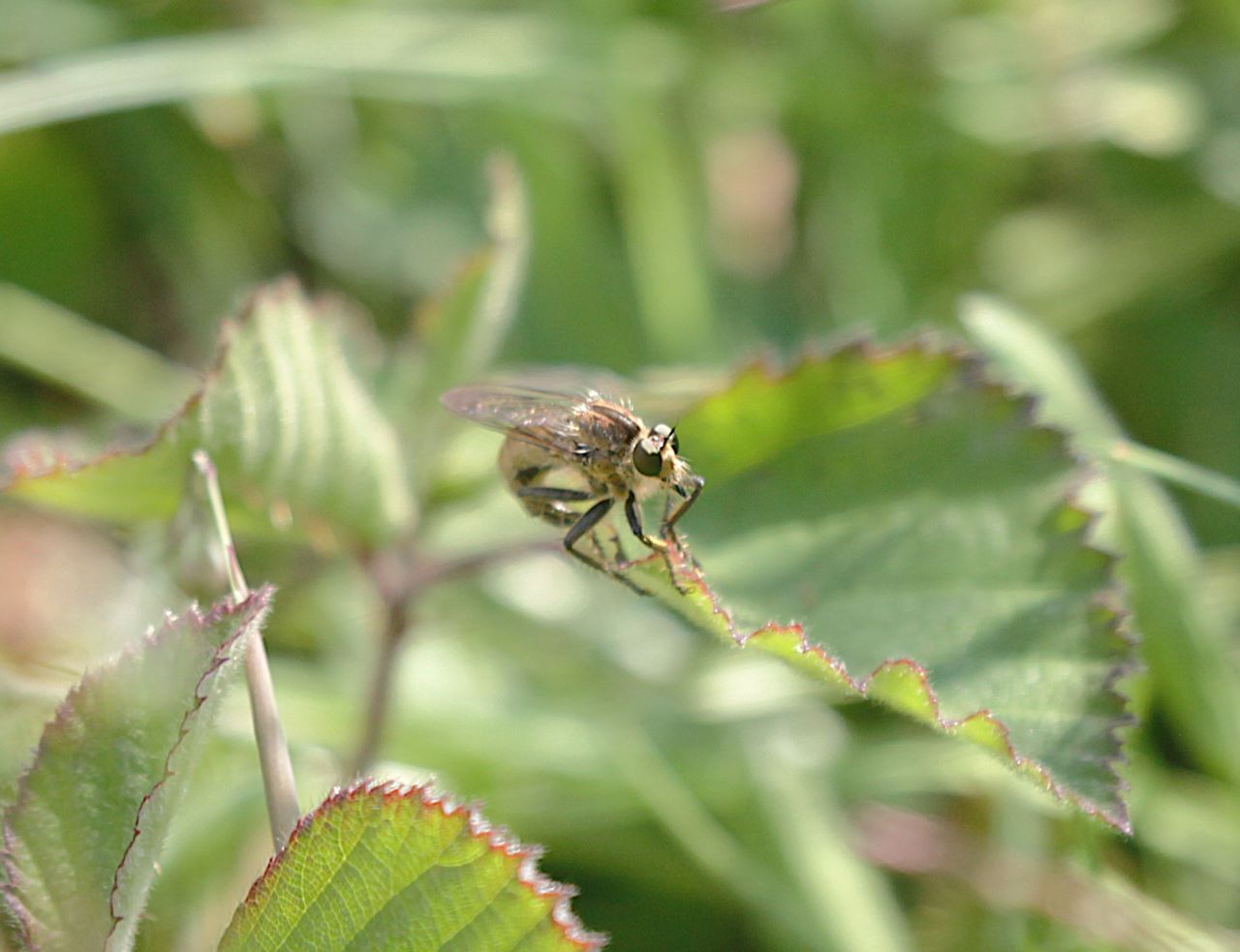

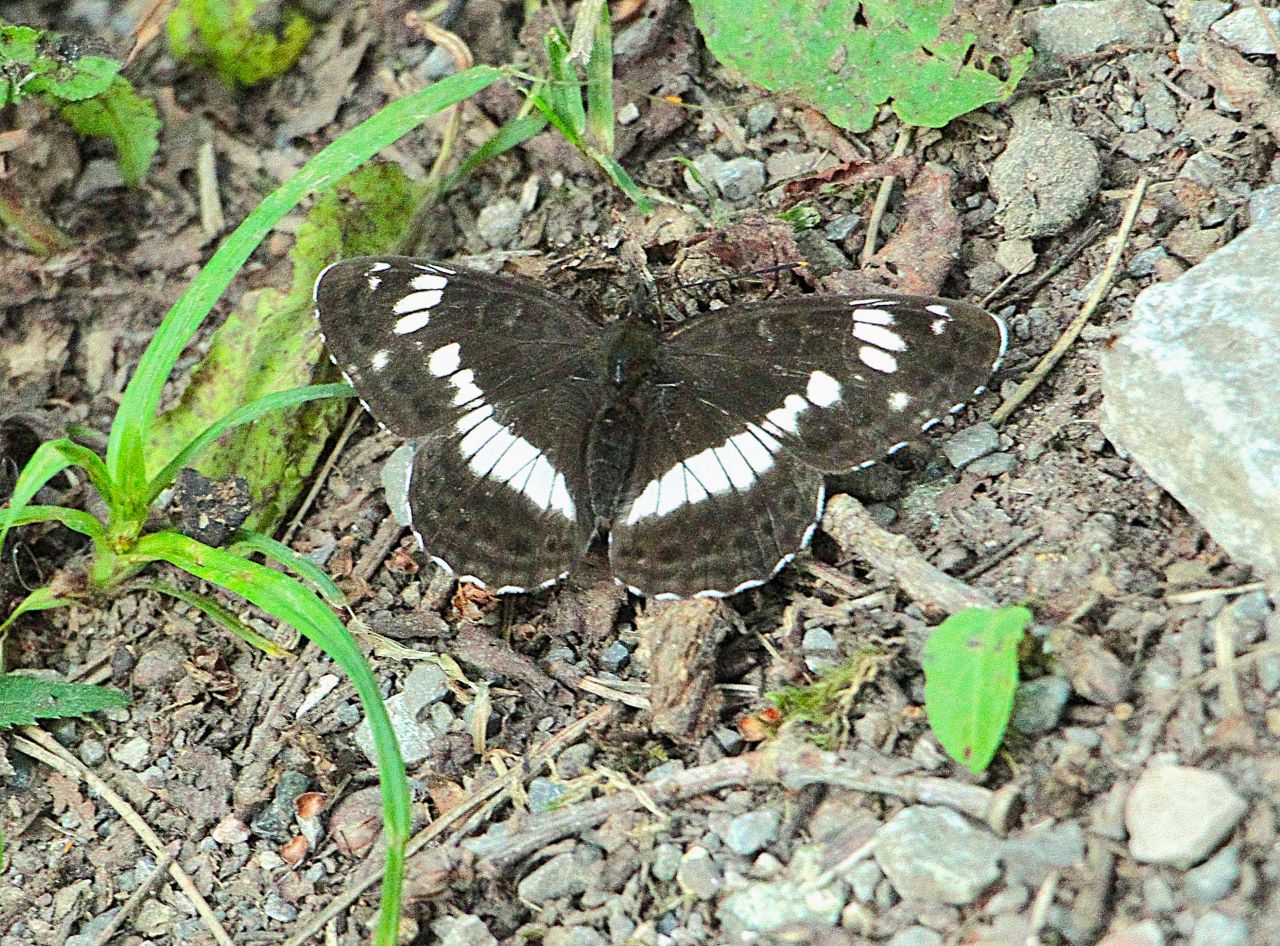
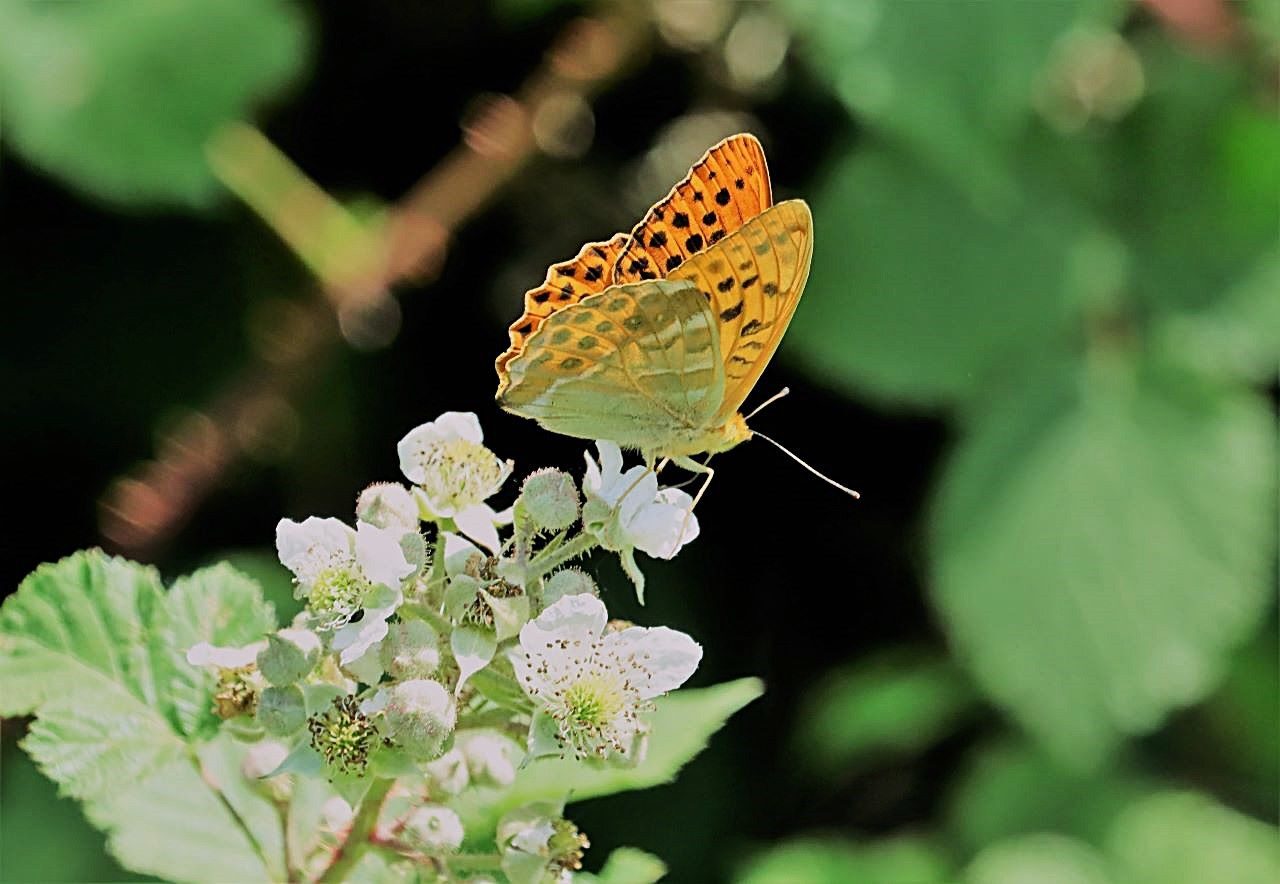
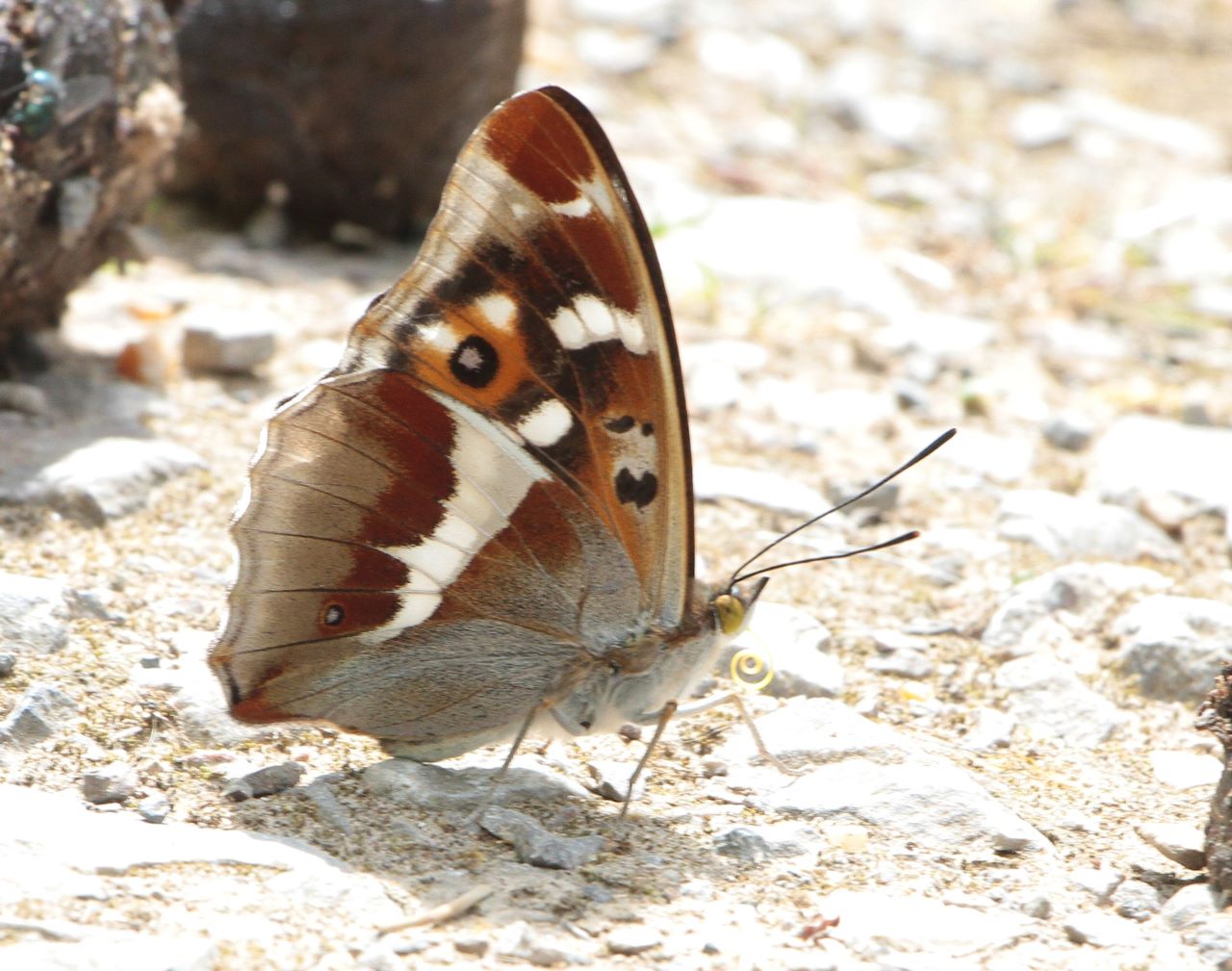
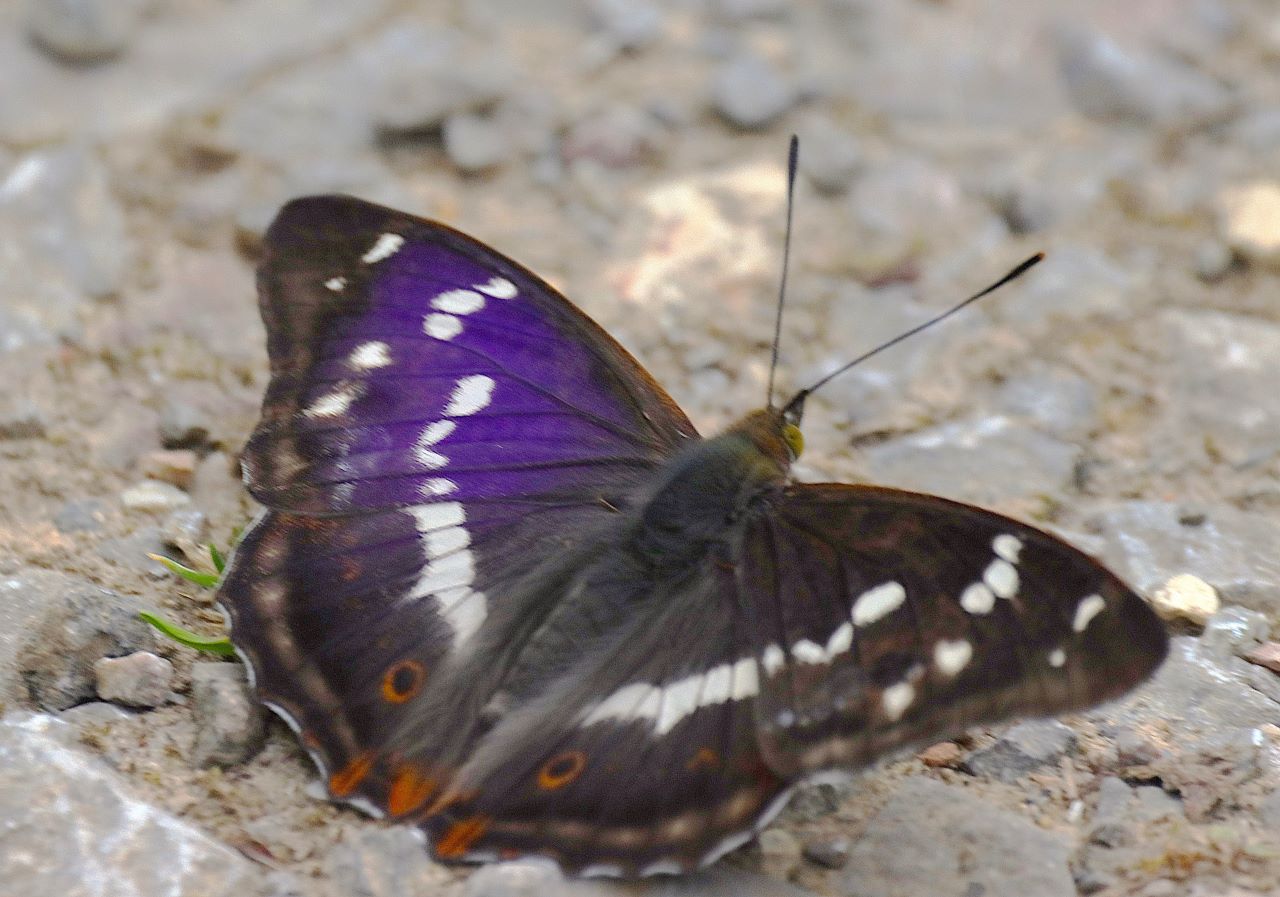
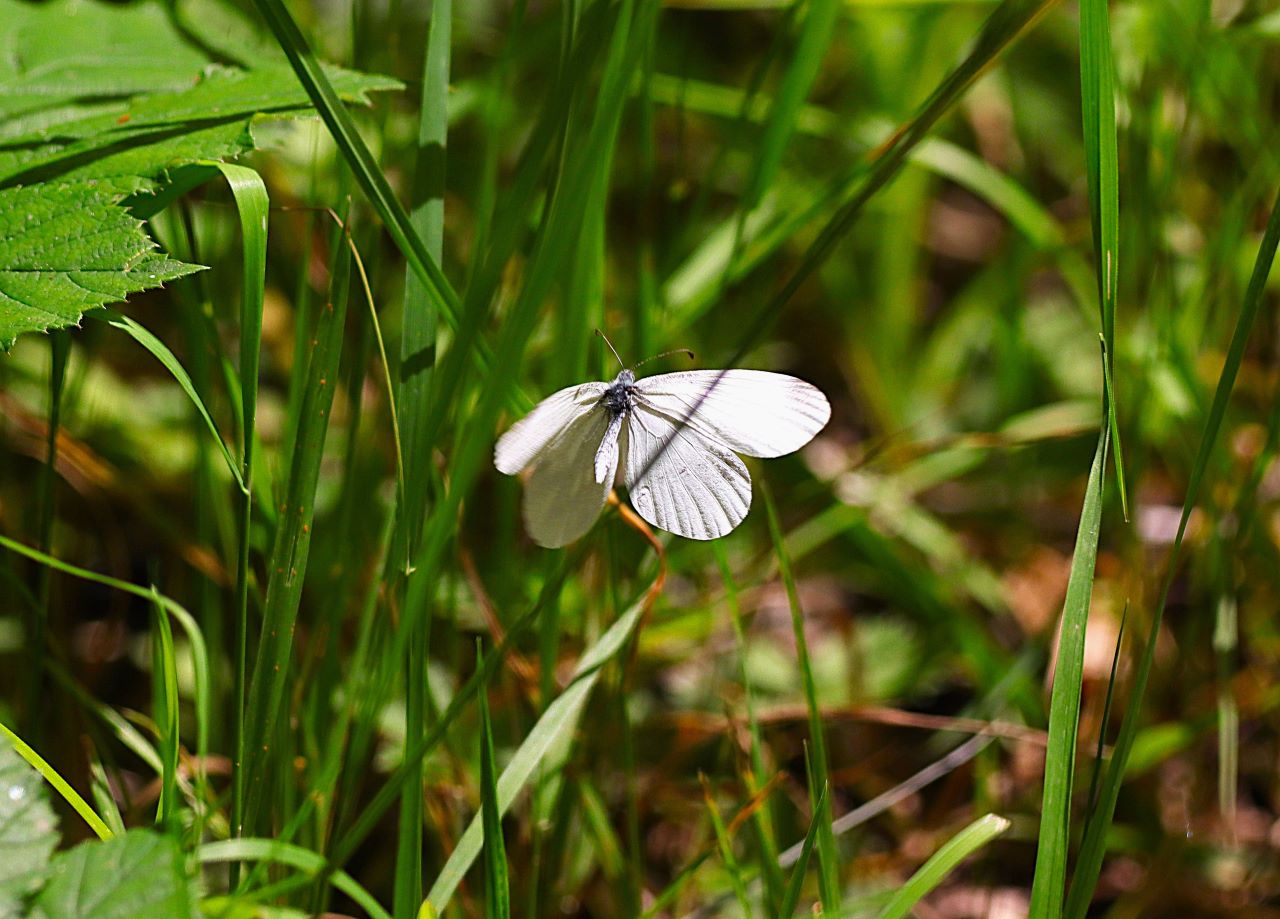
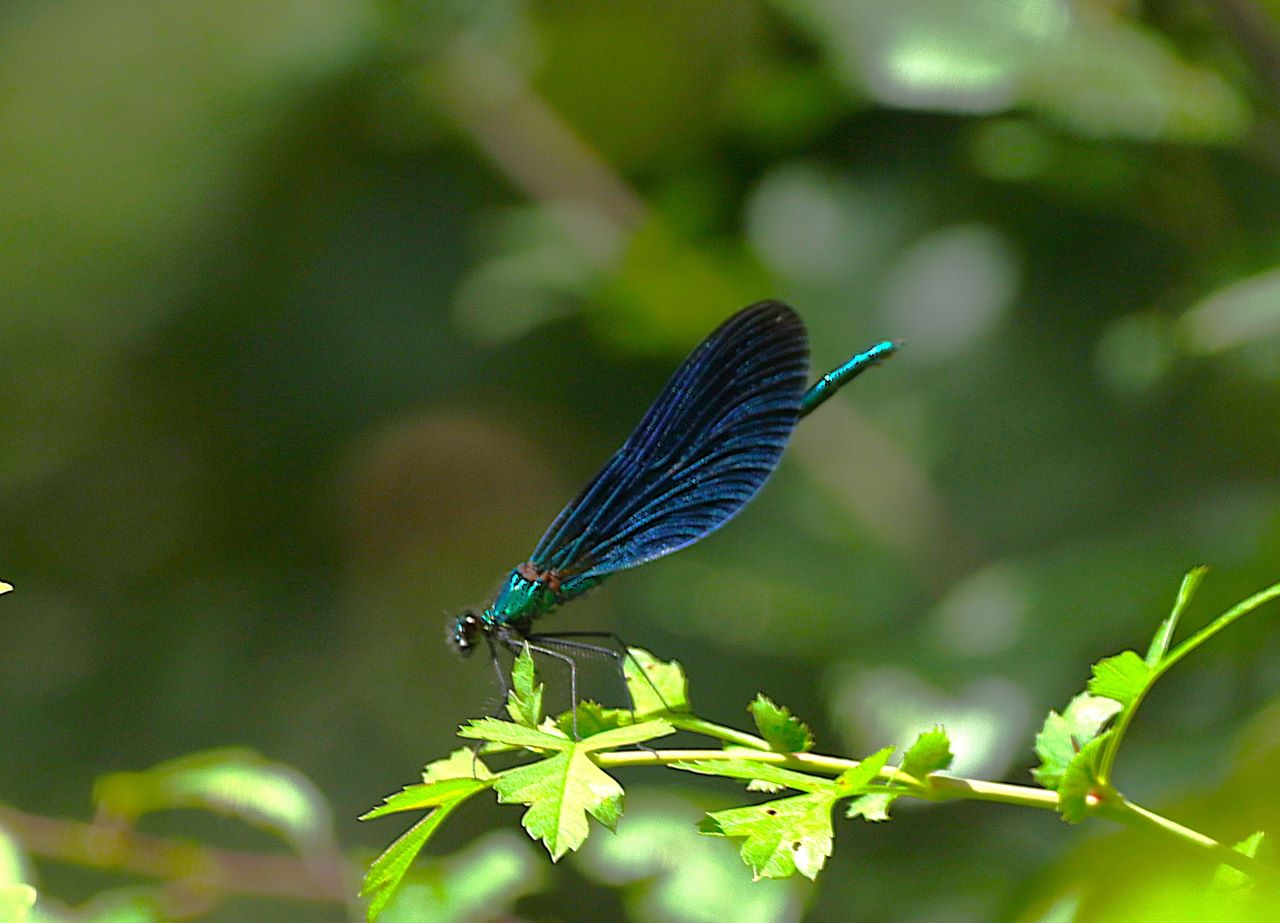
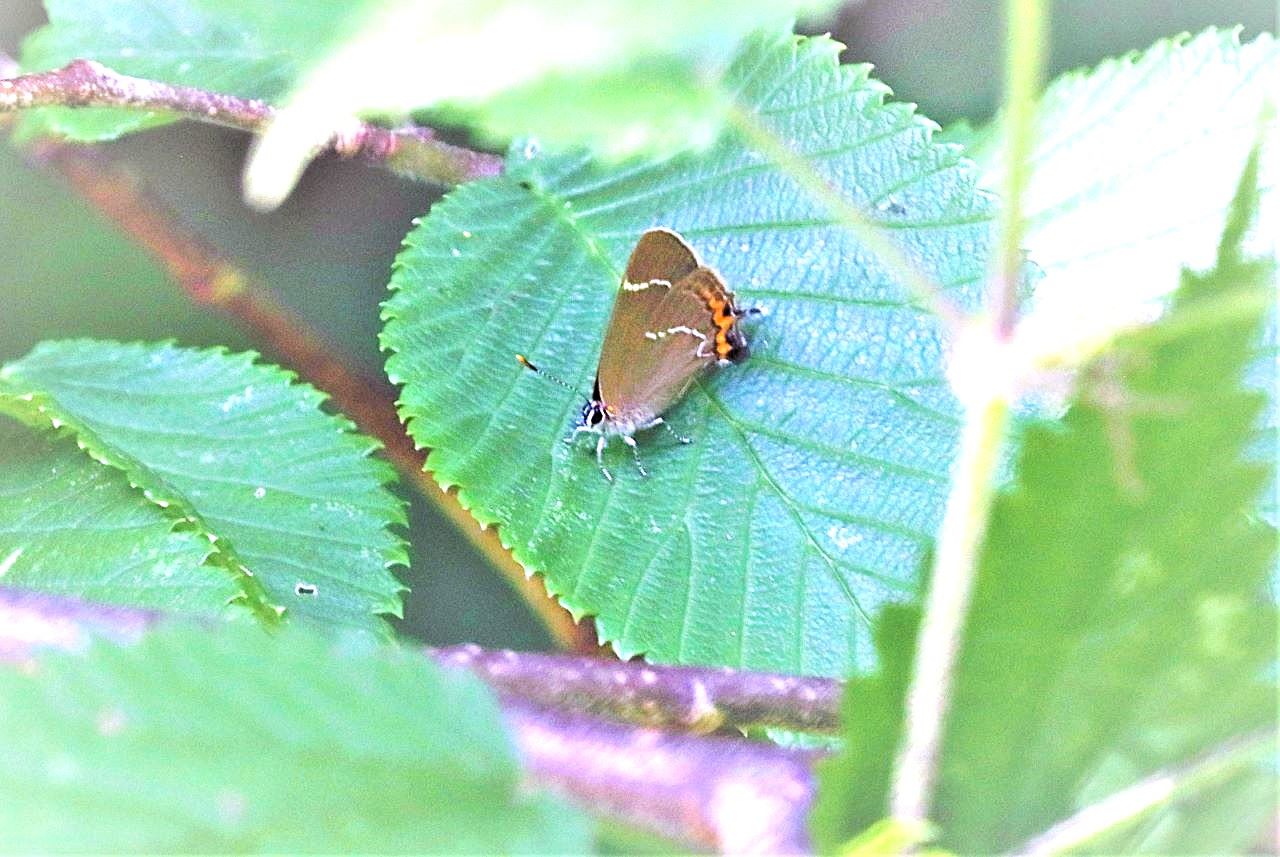
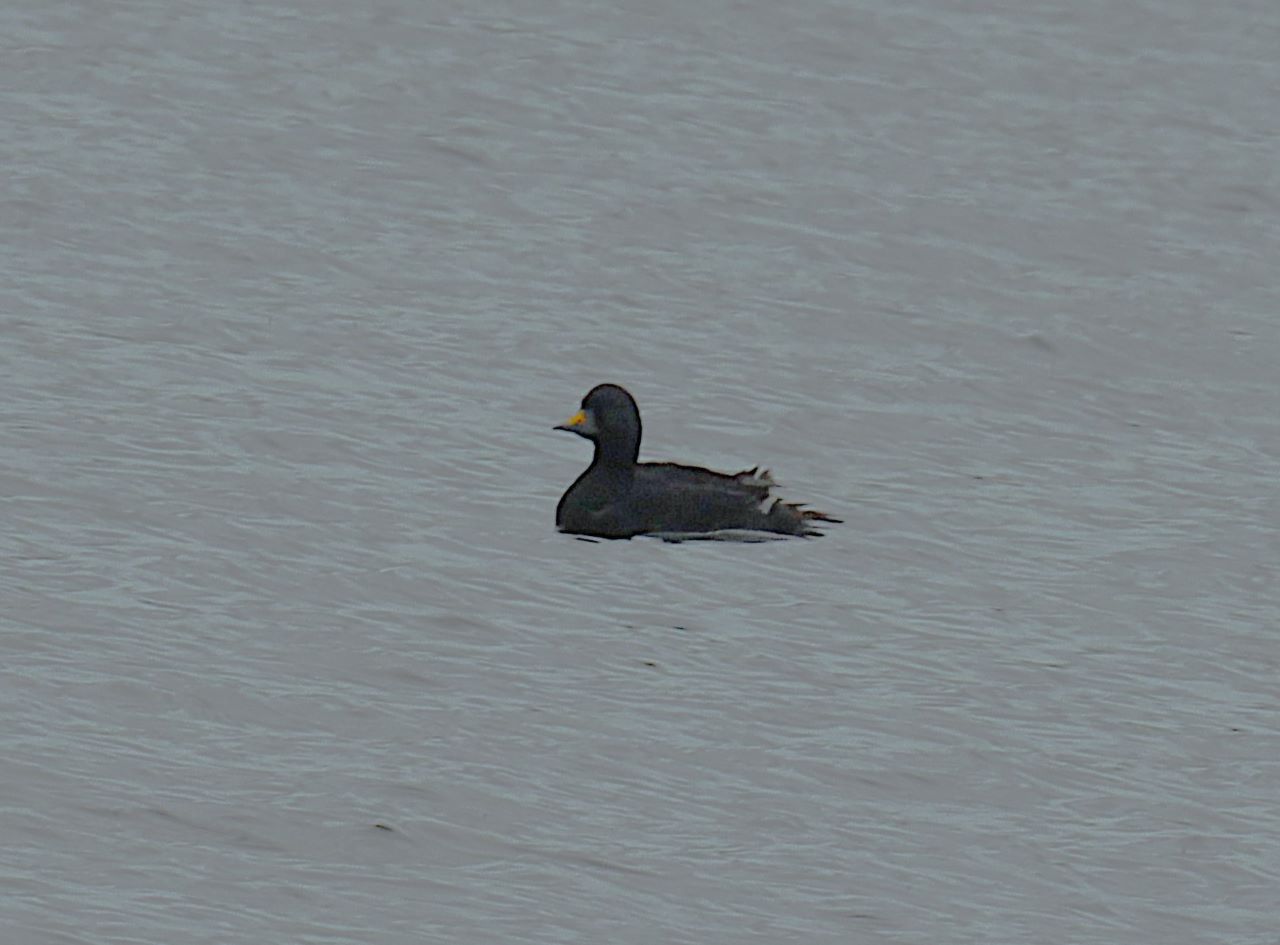








Recent Comments